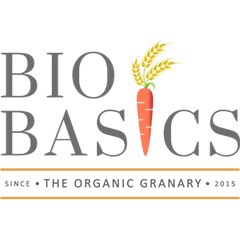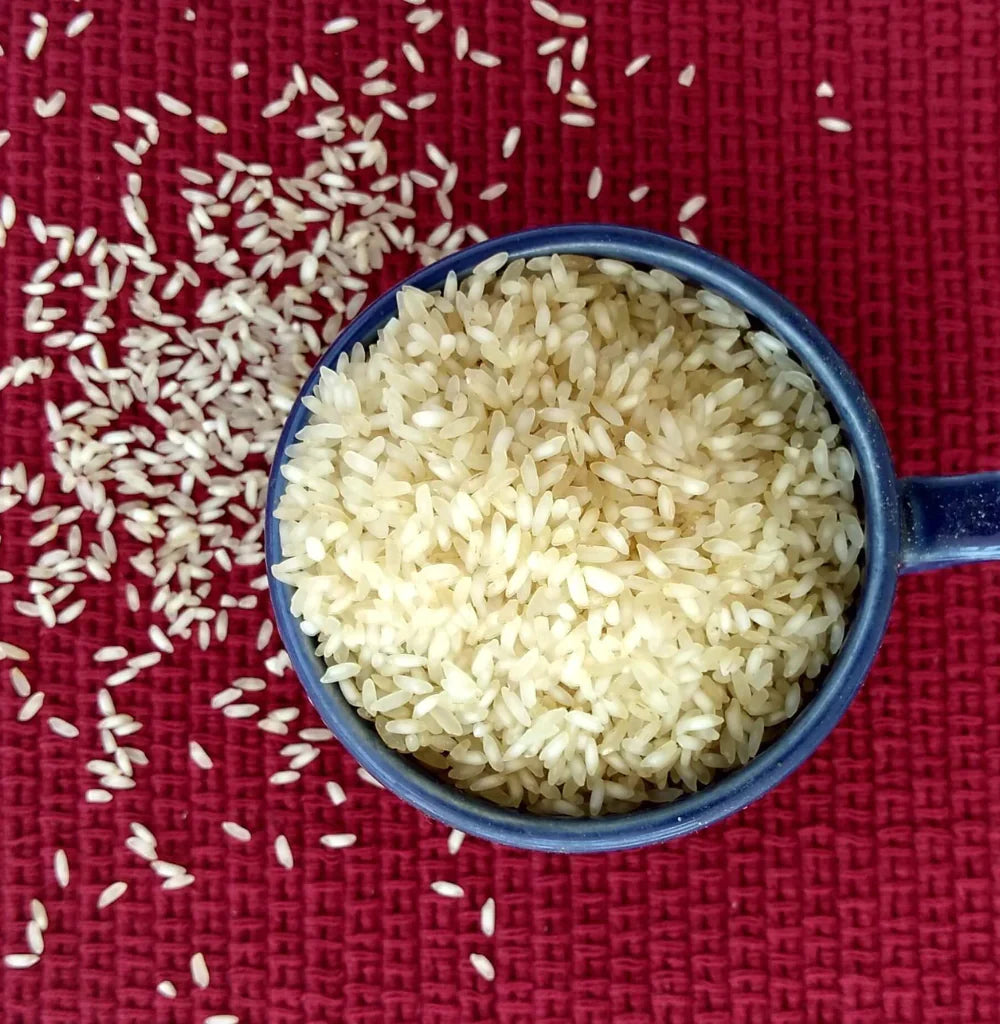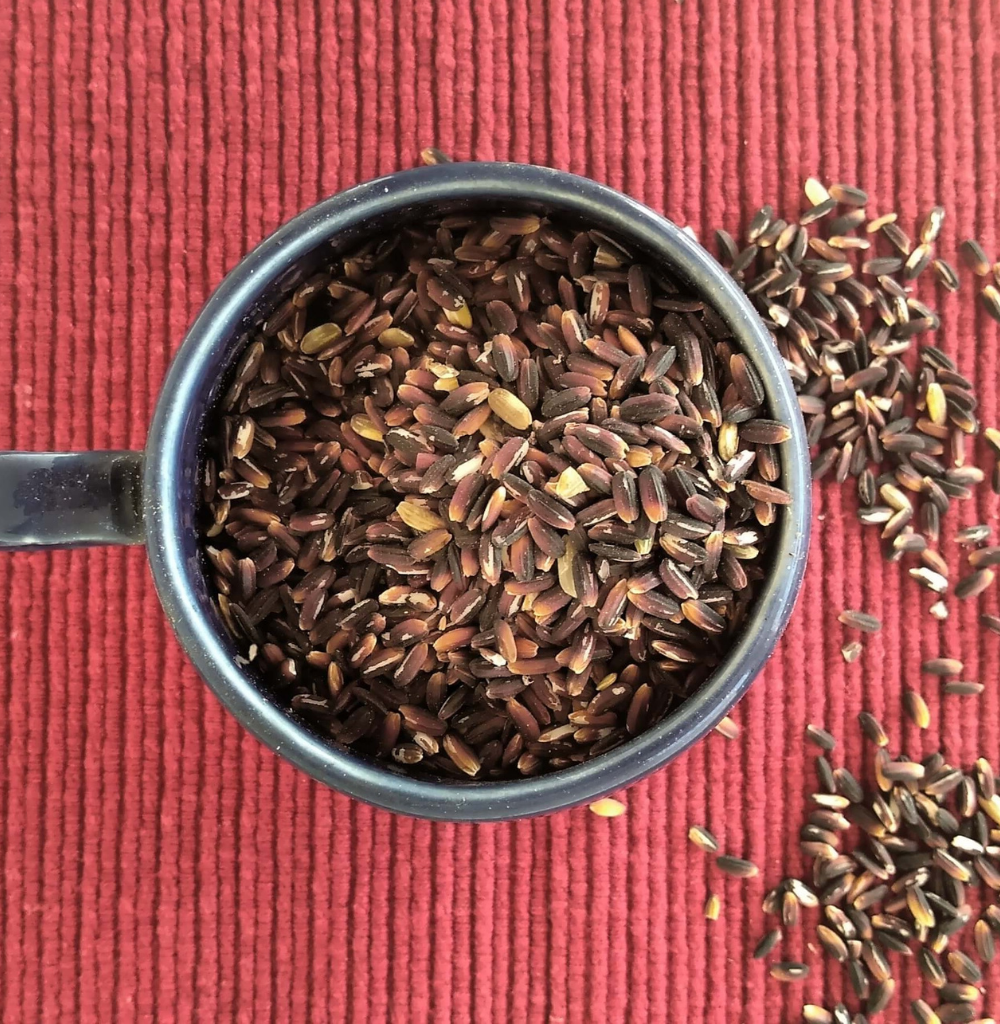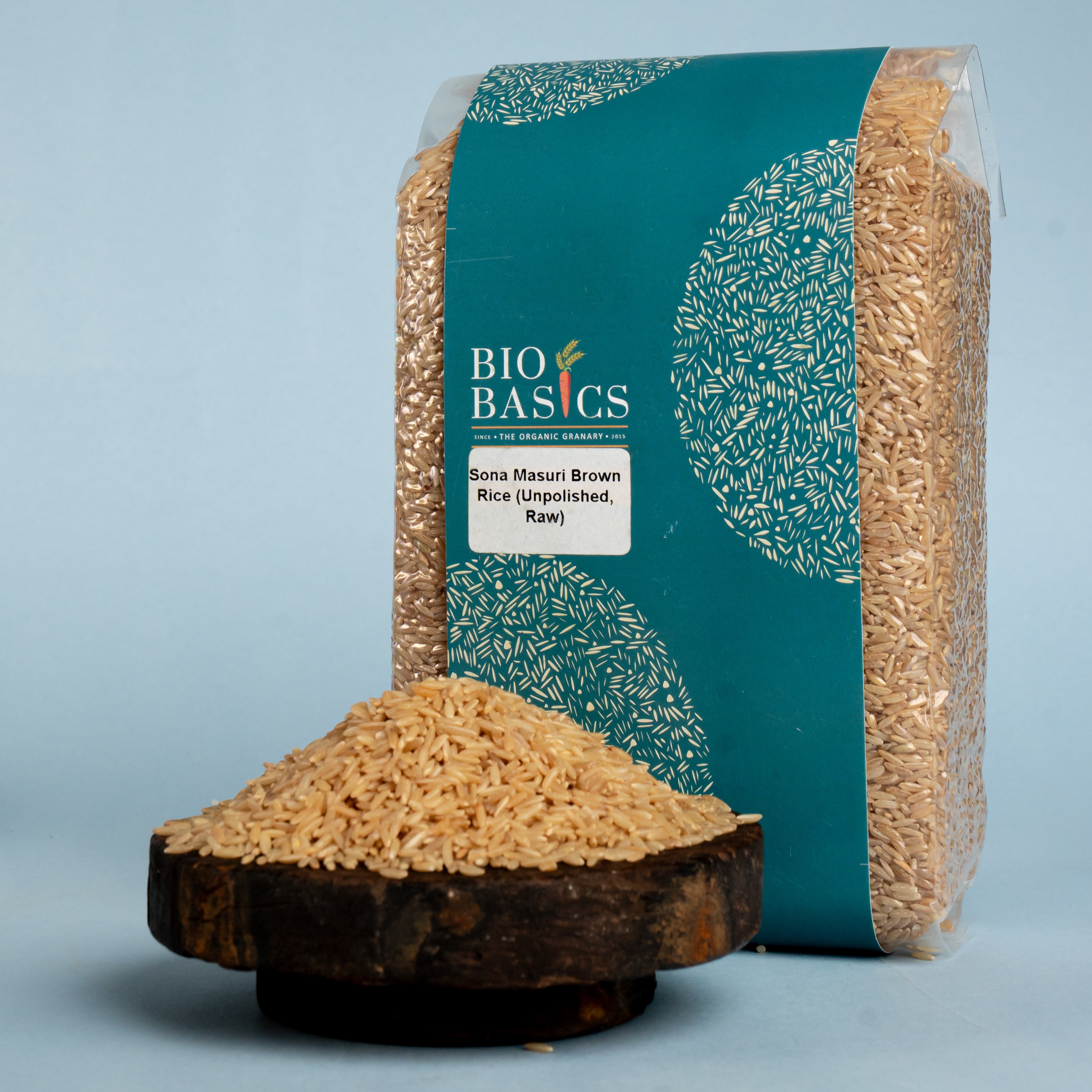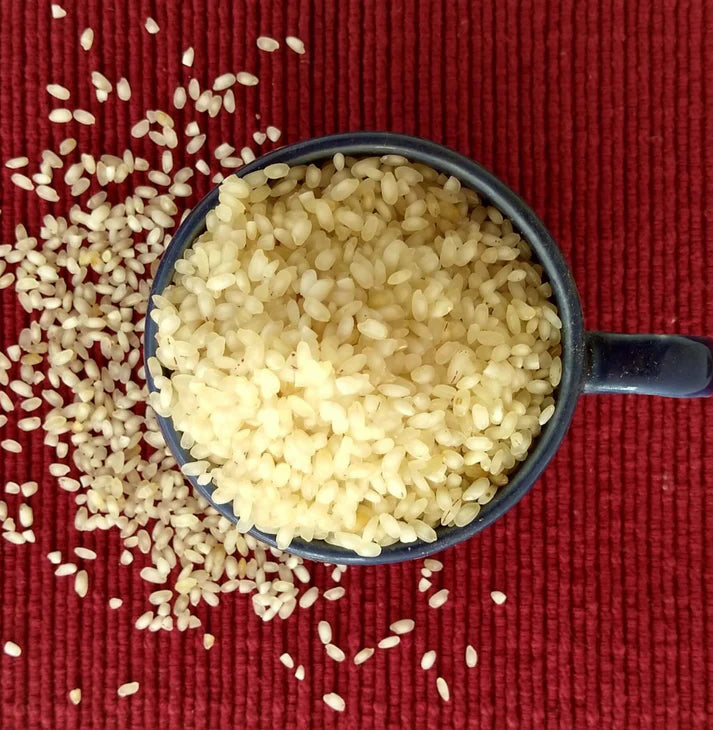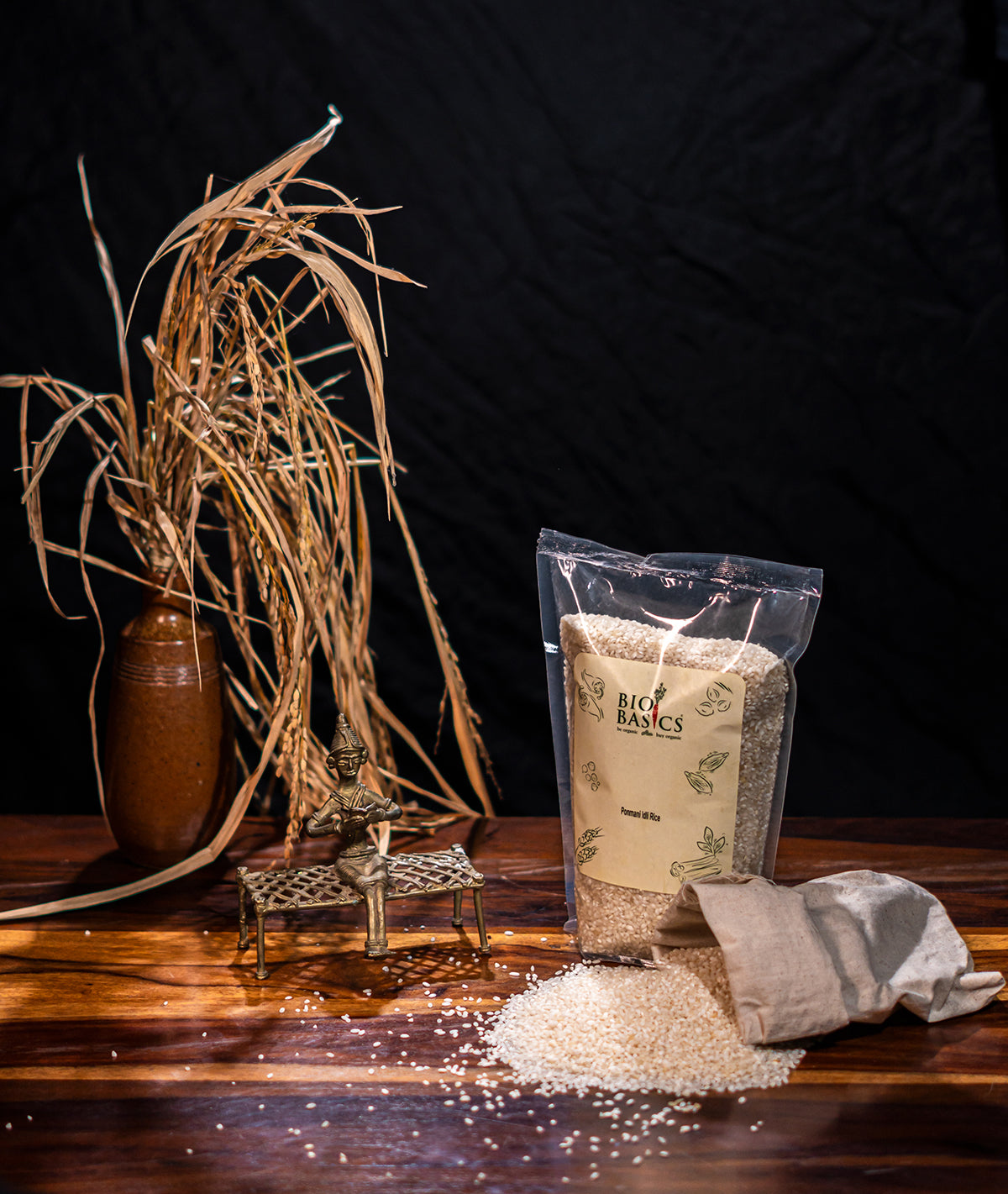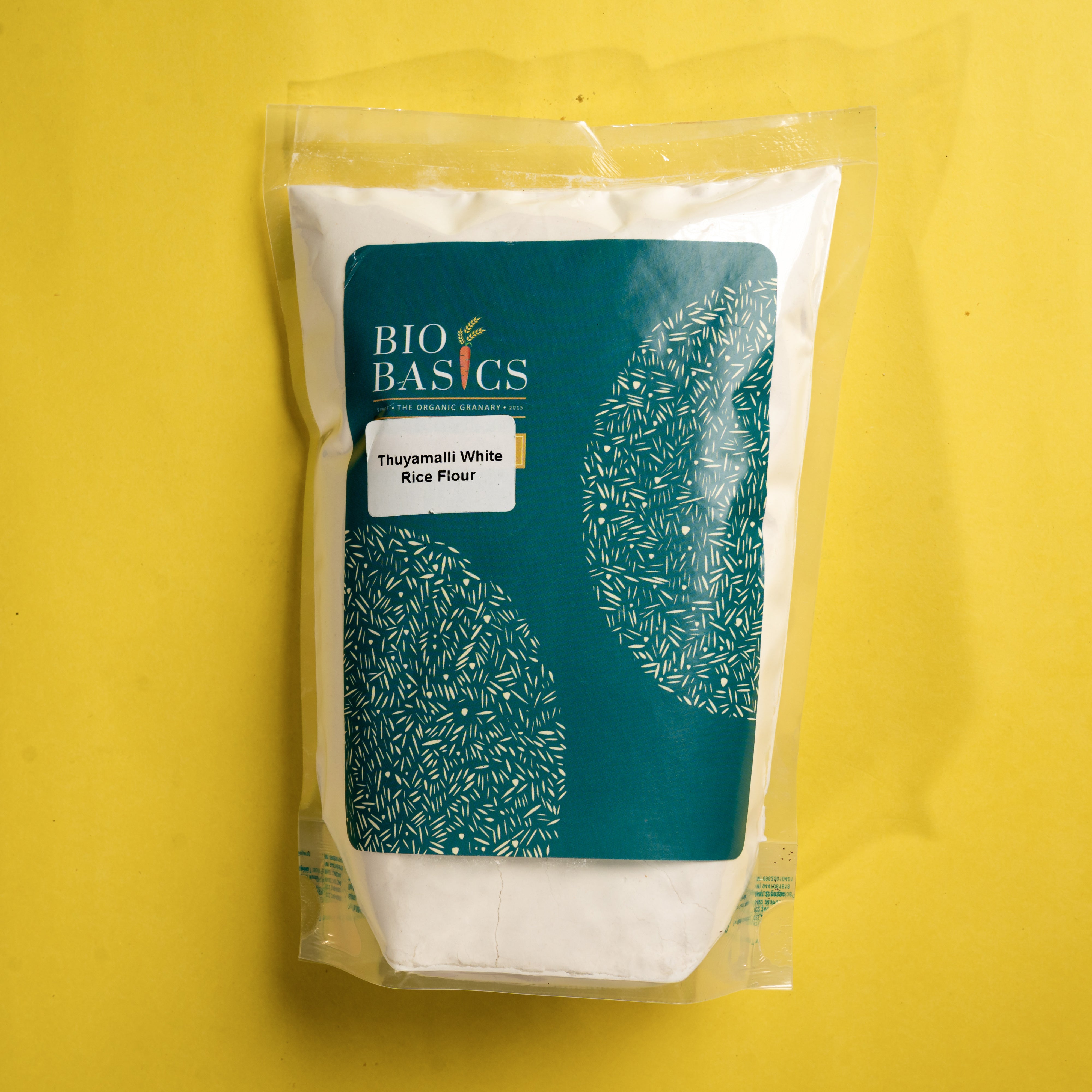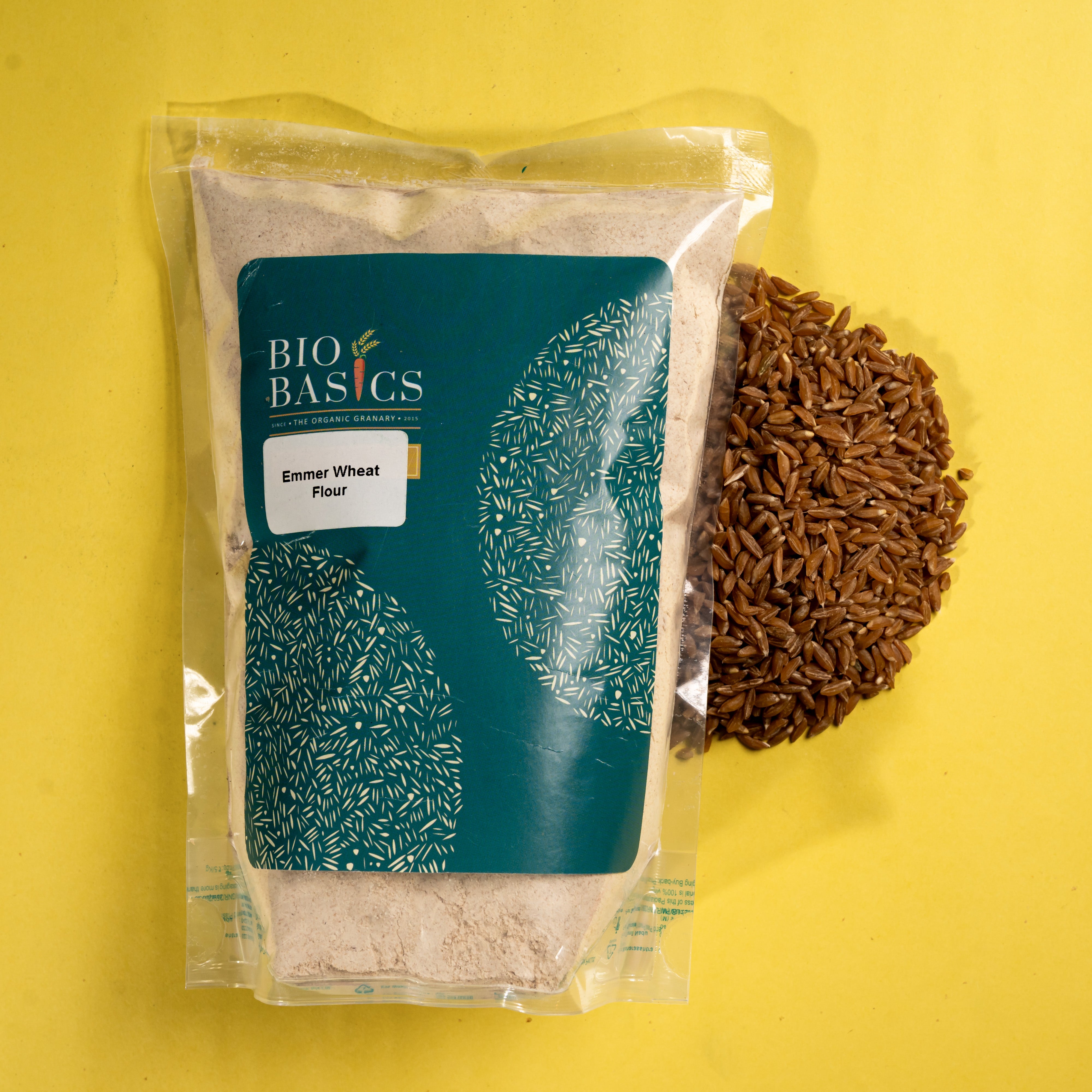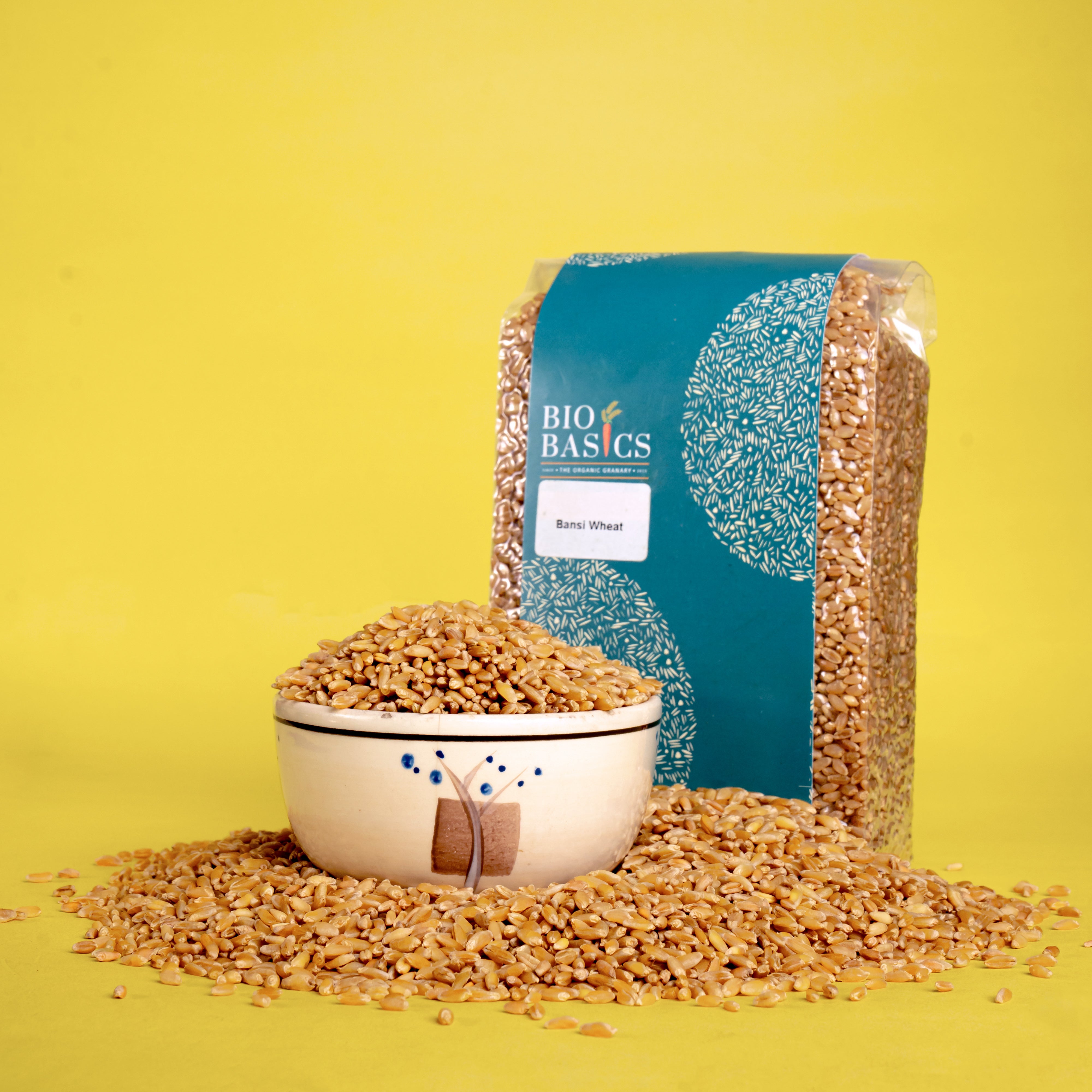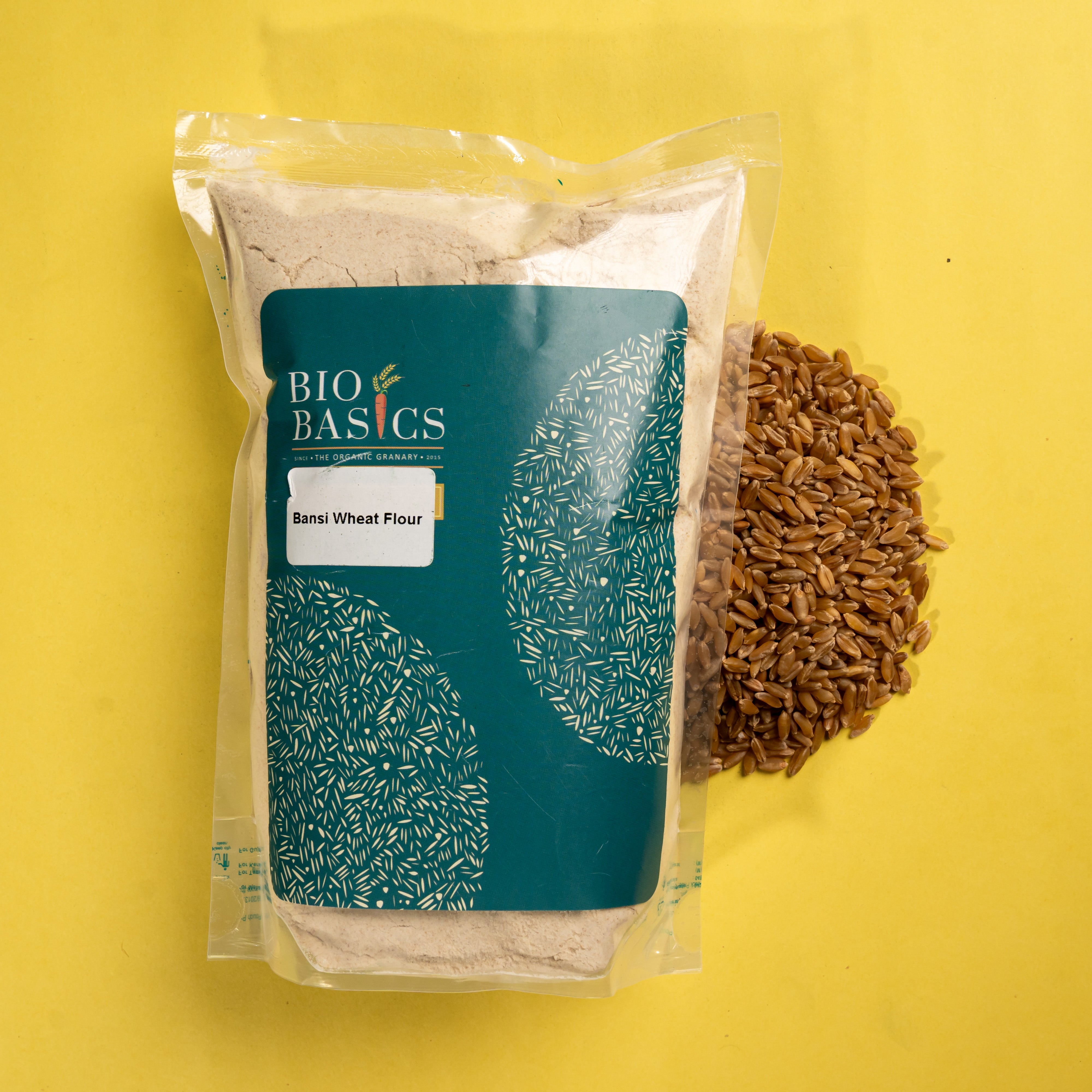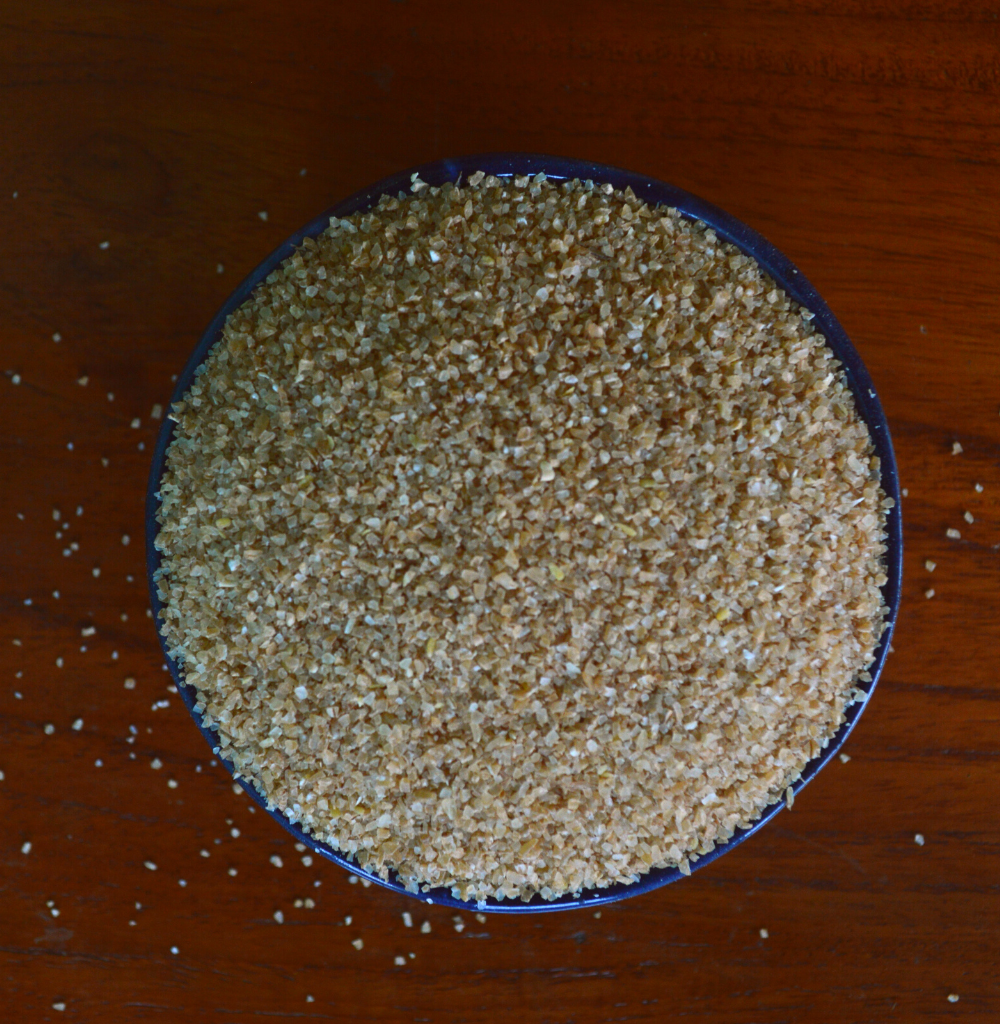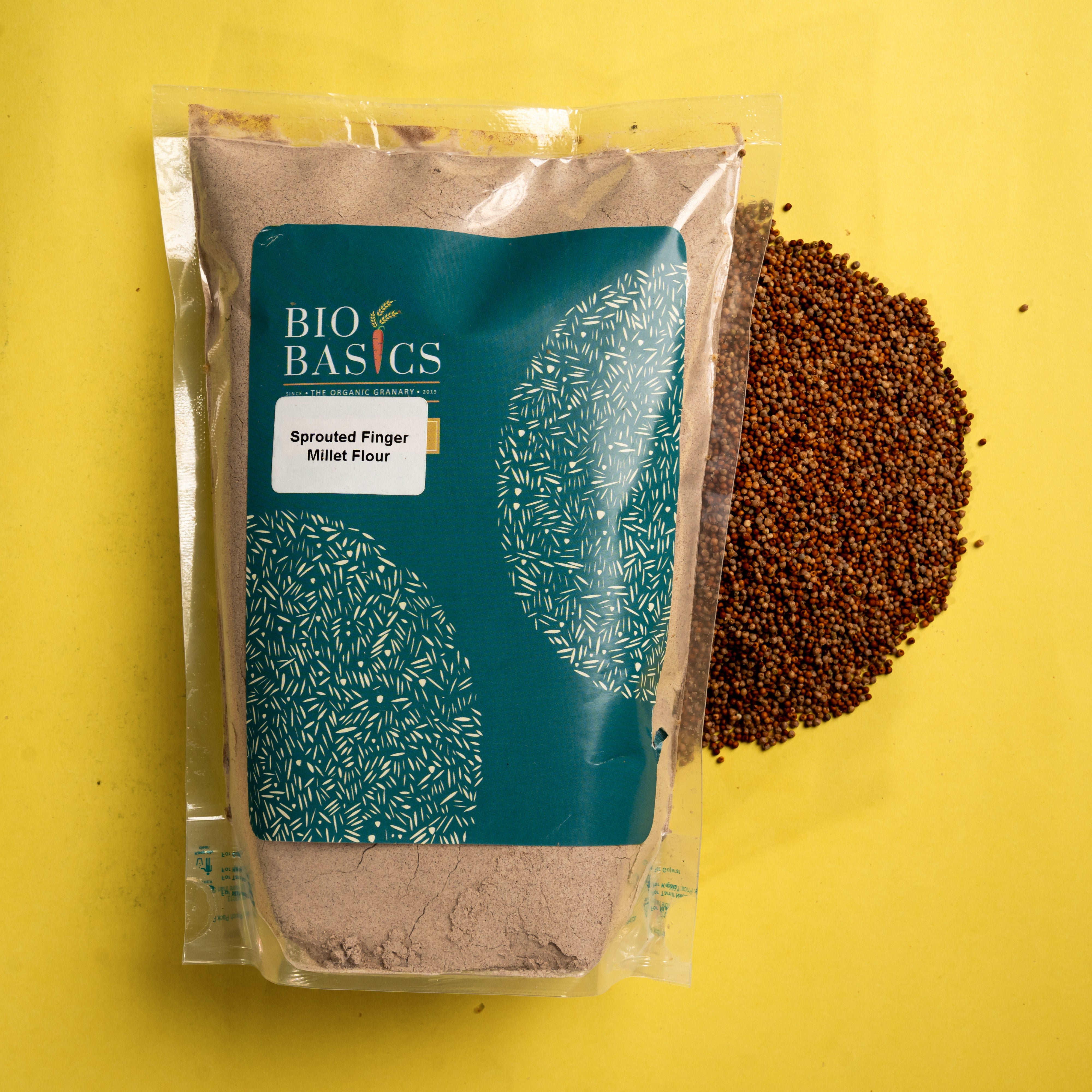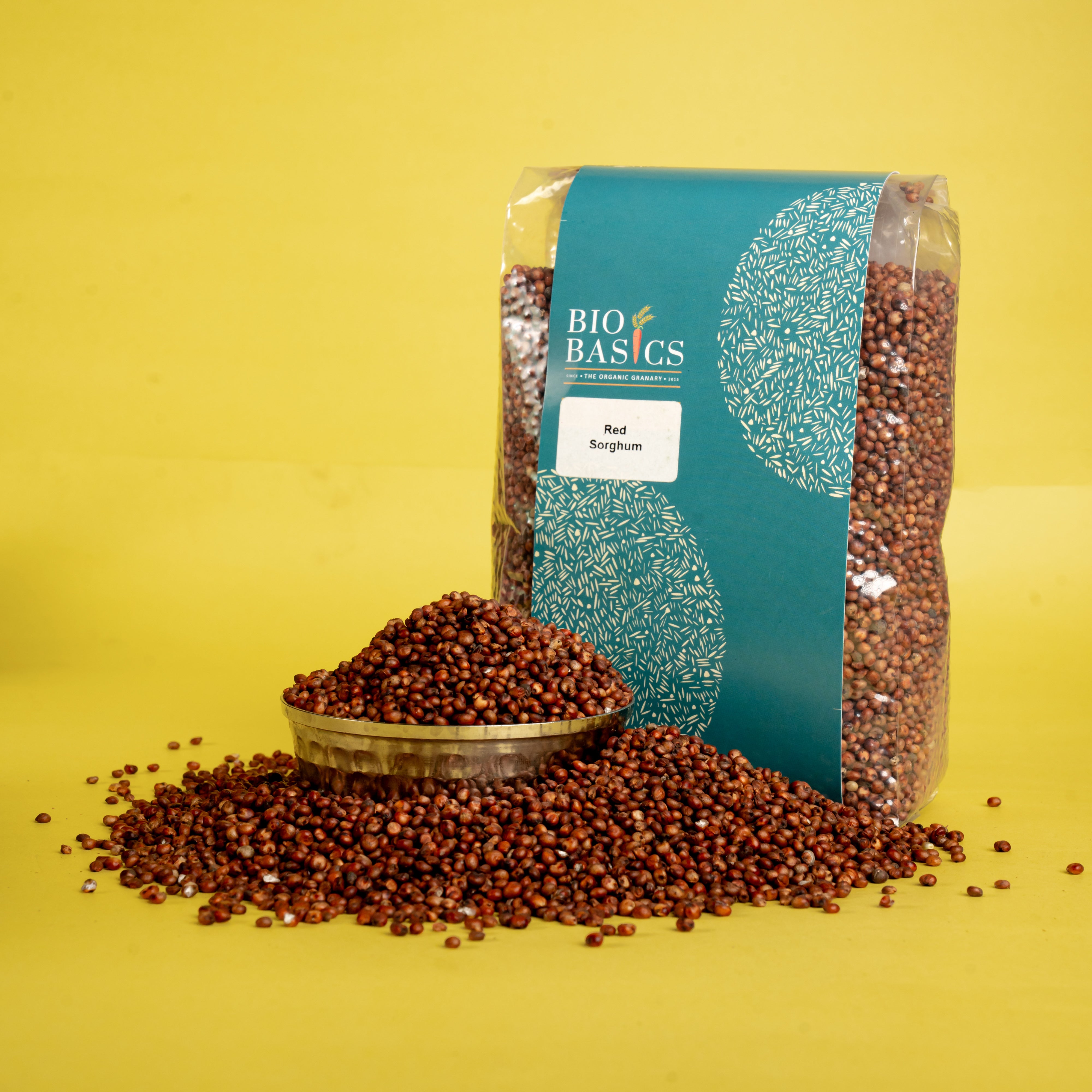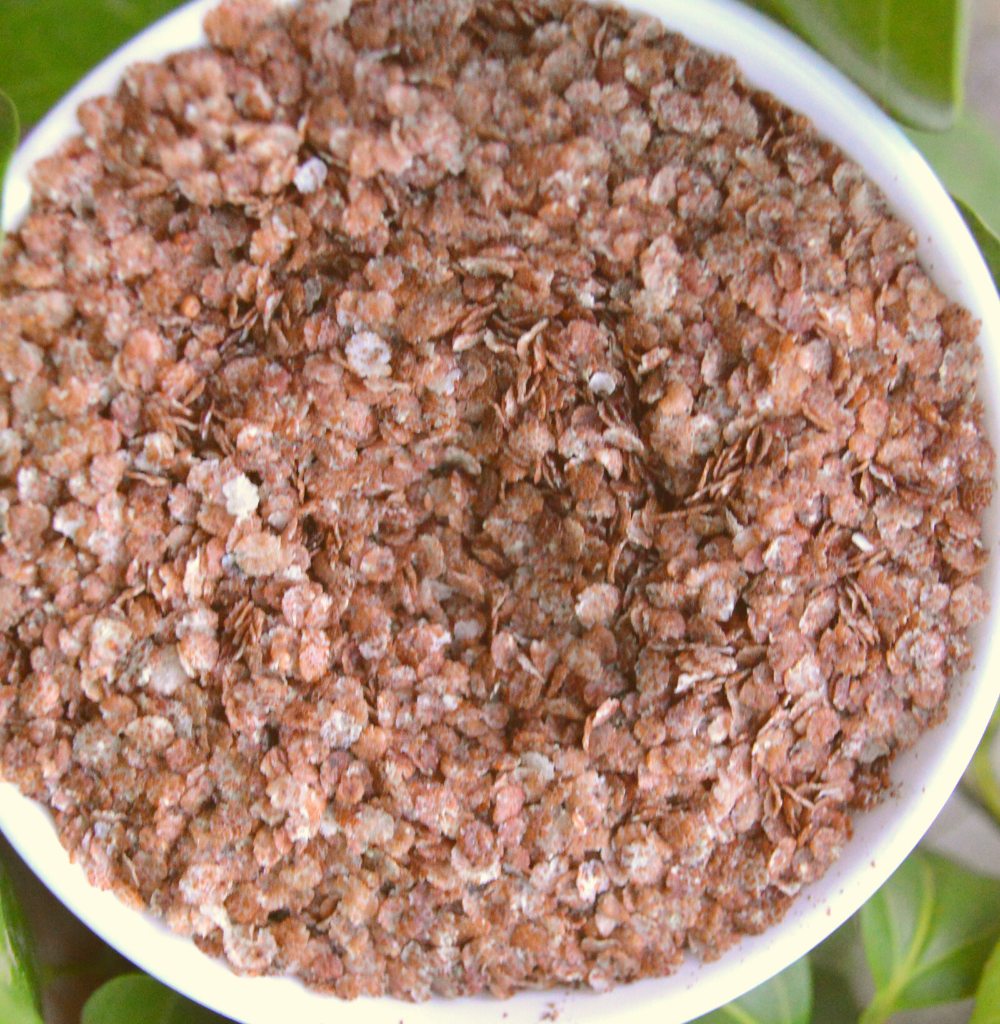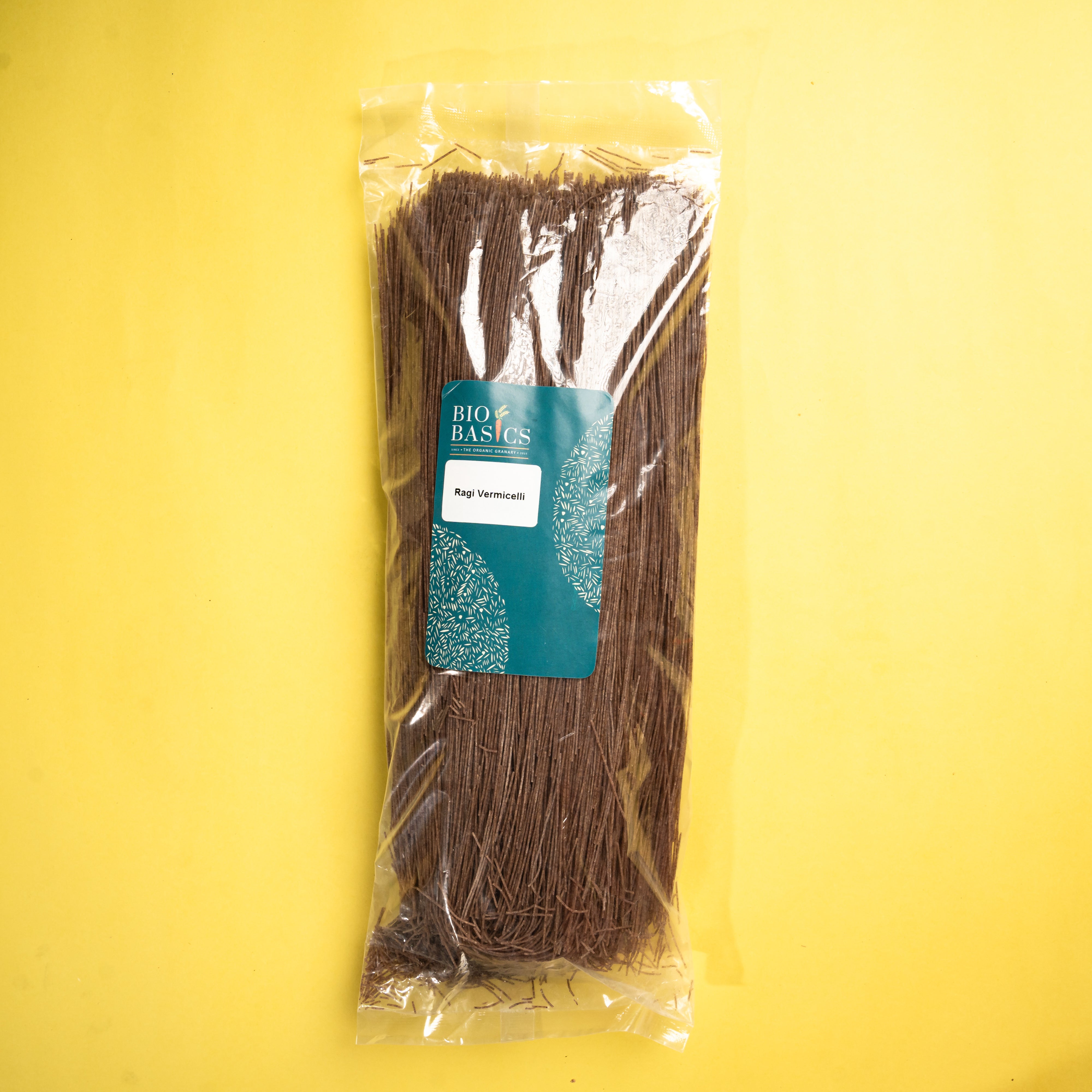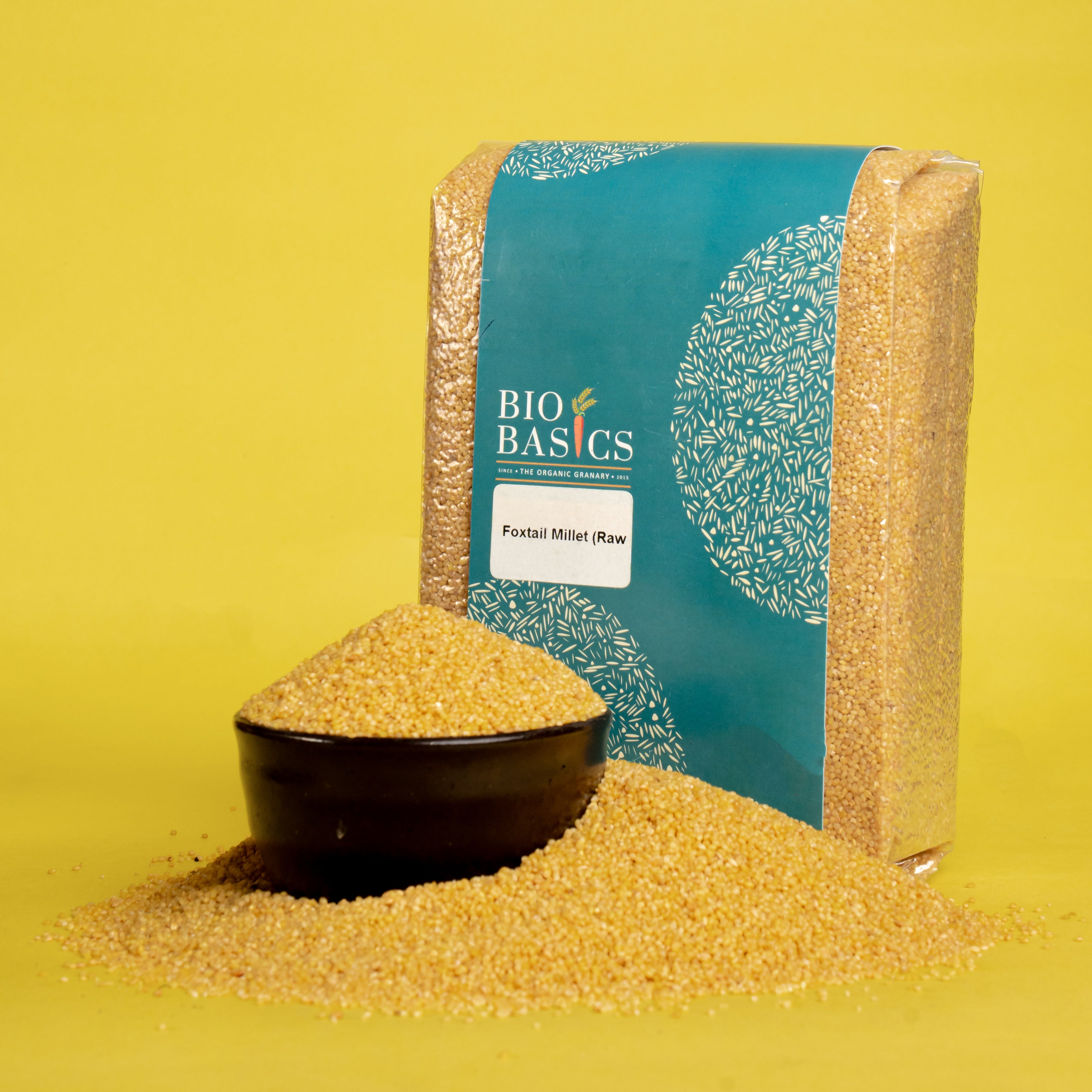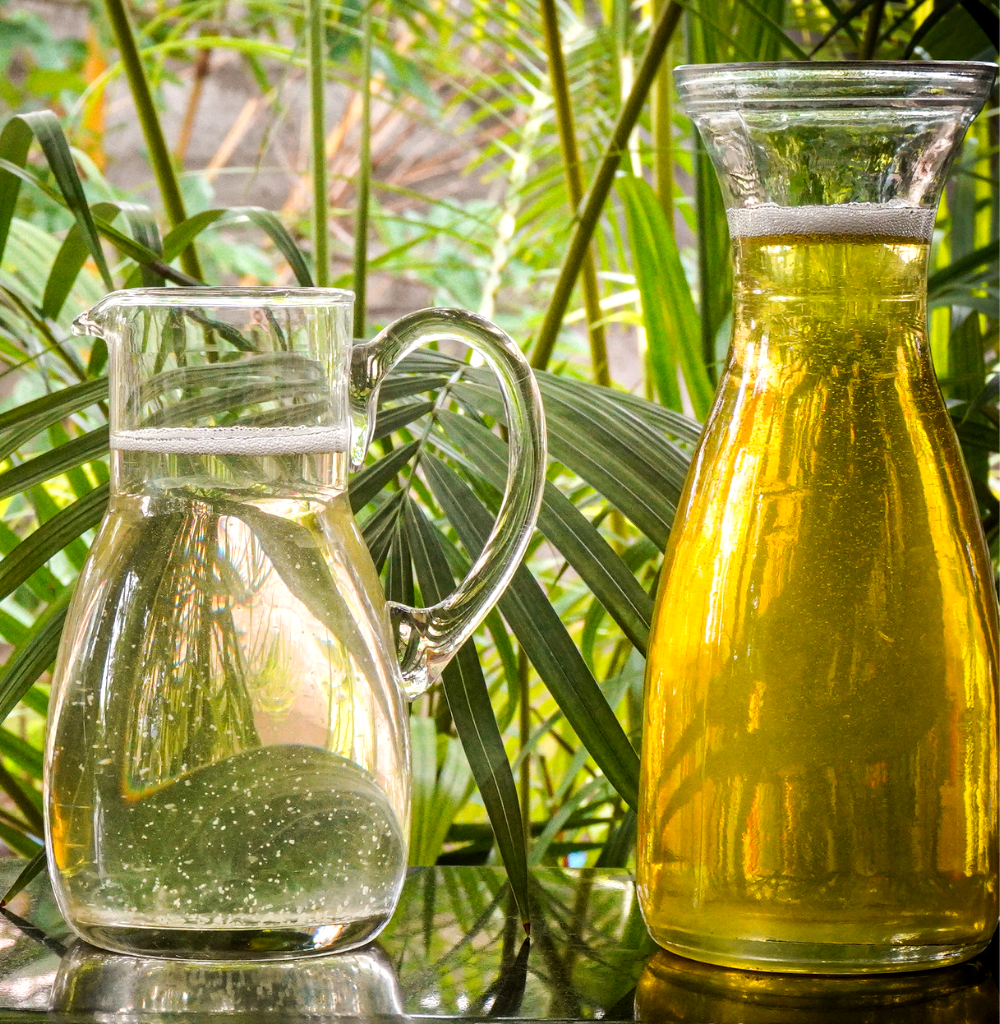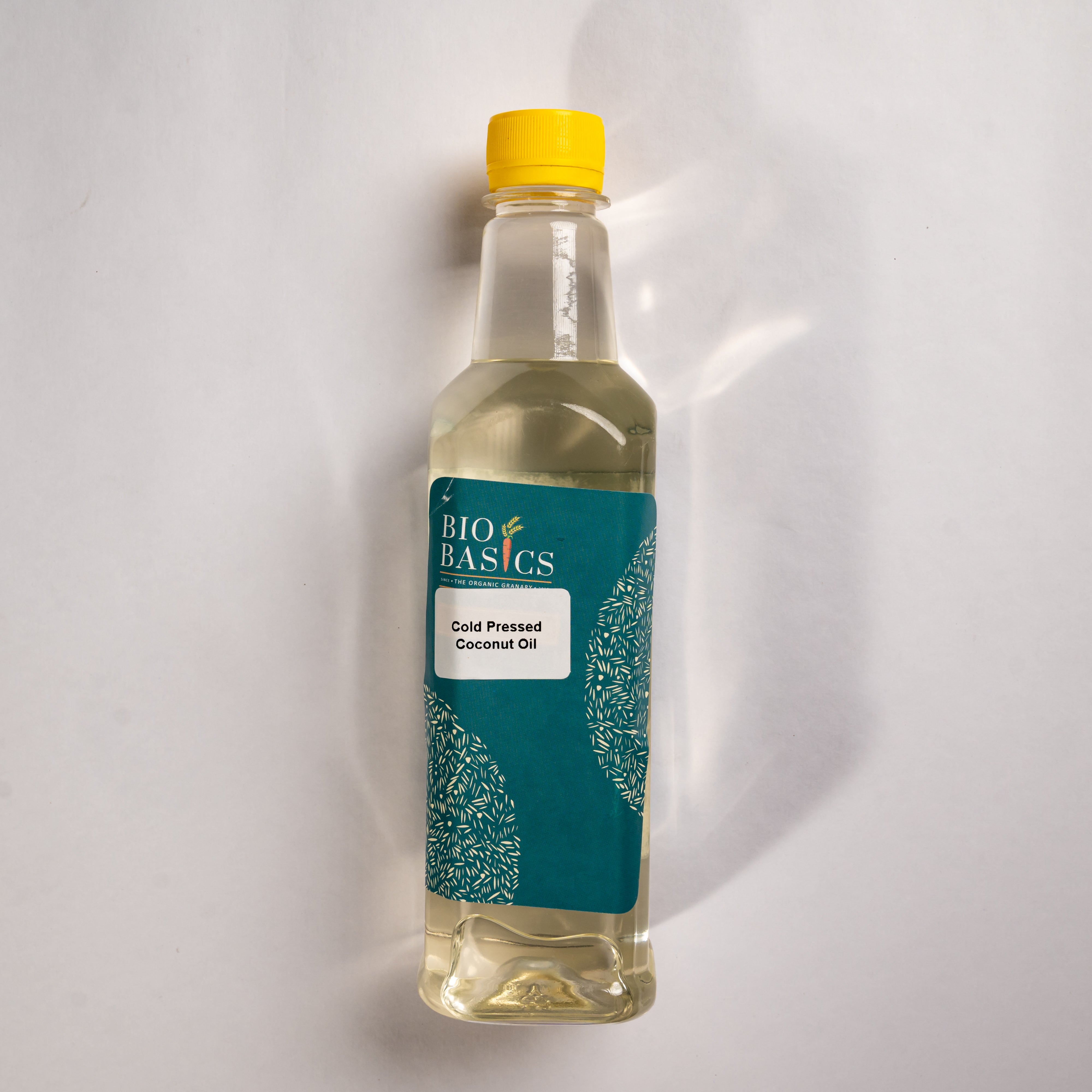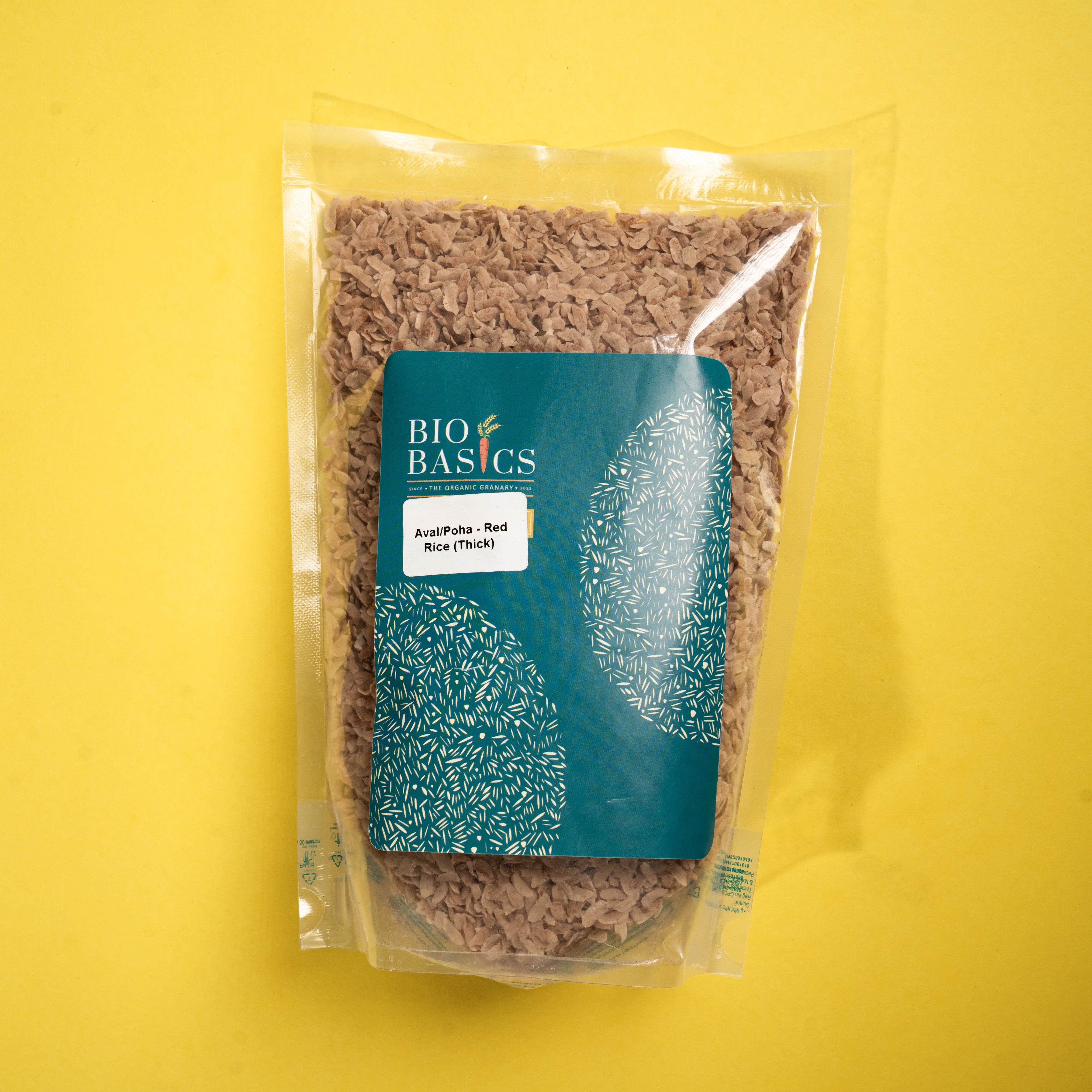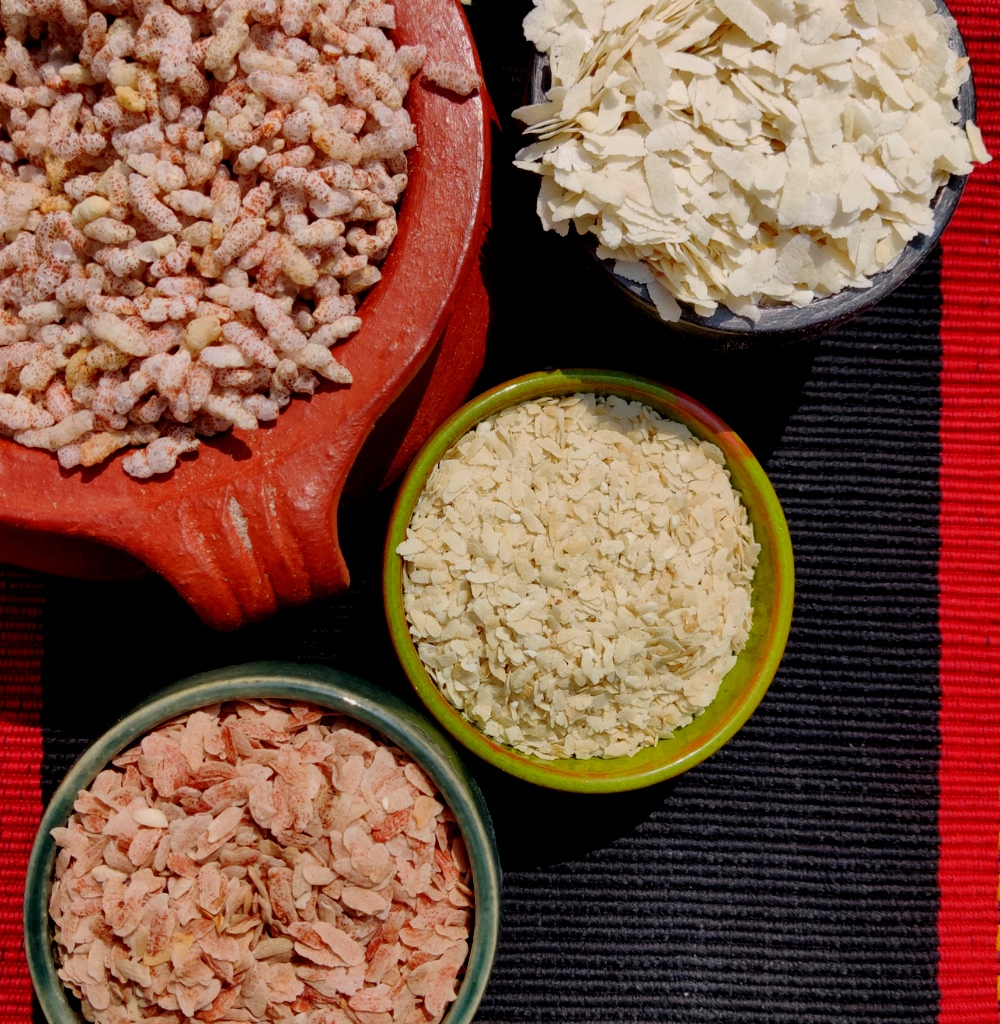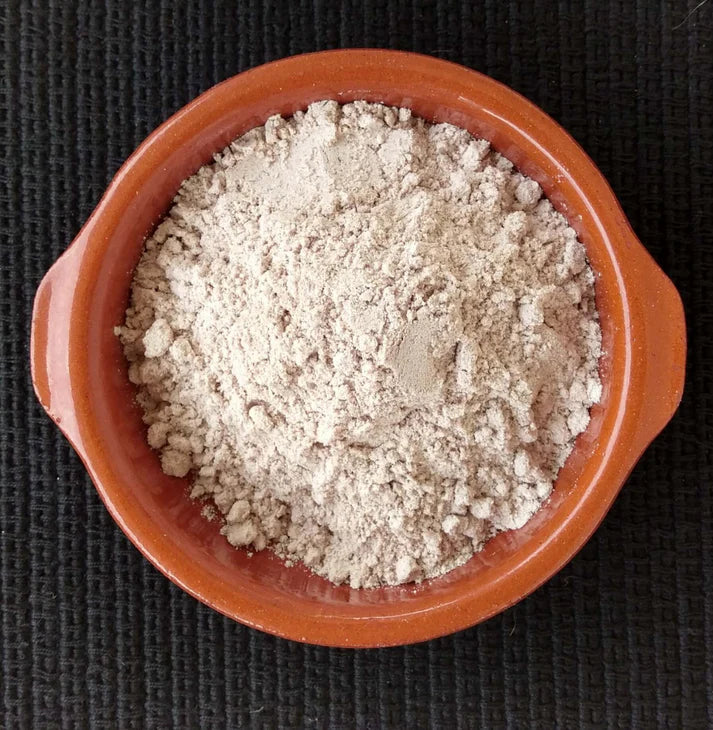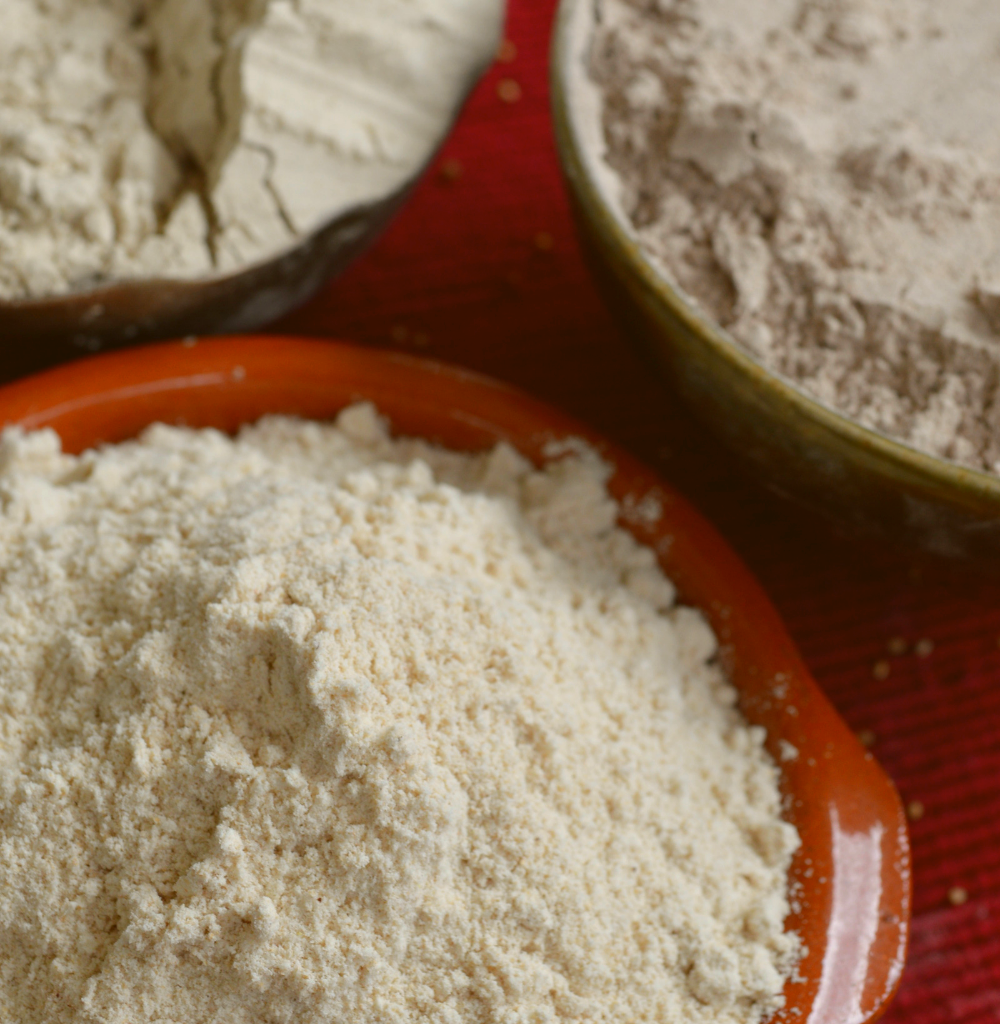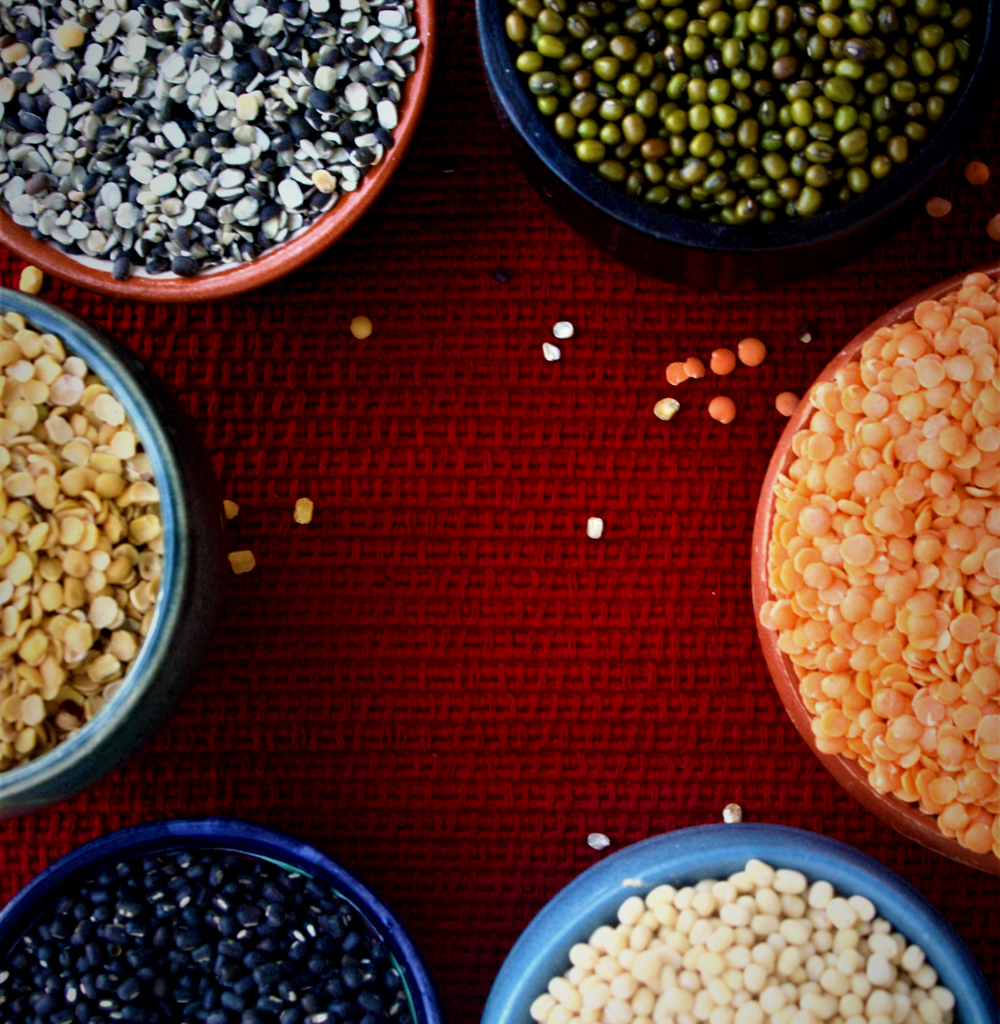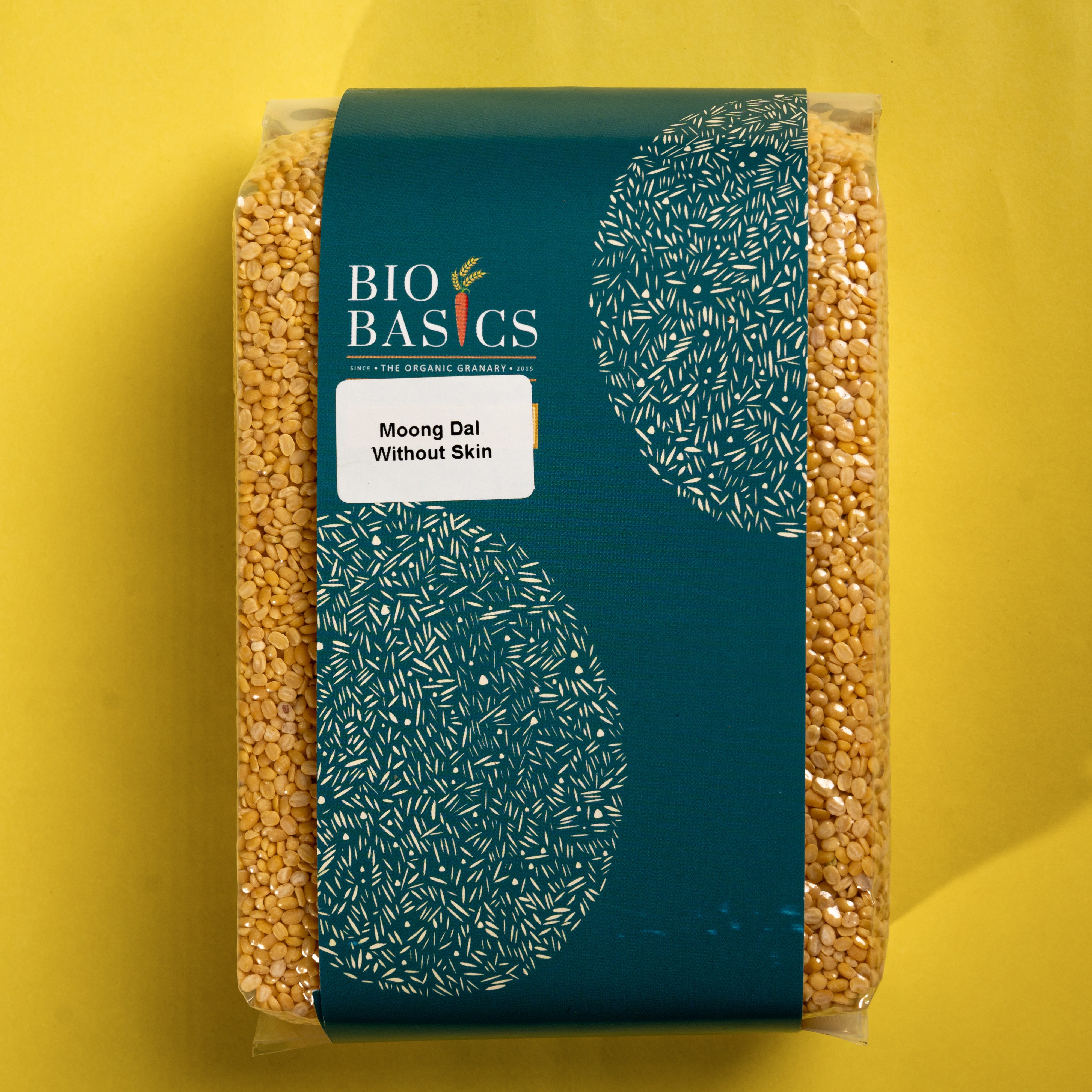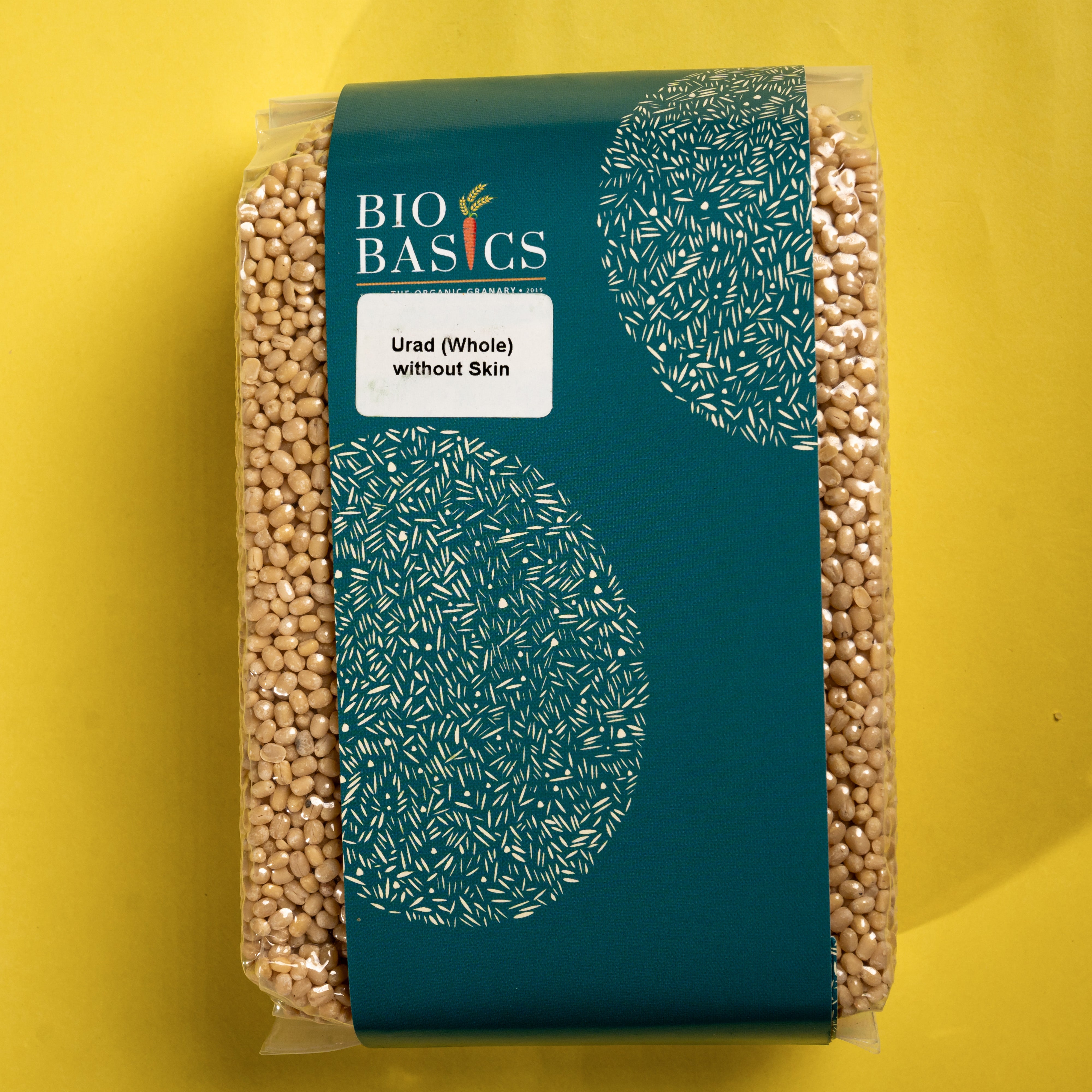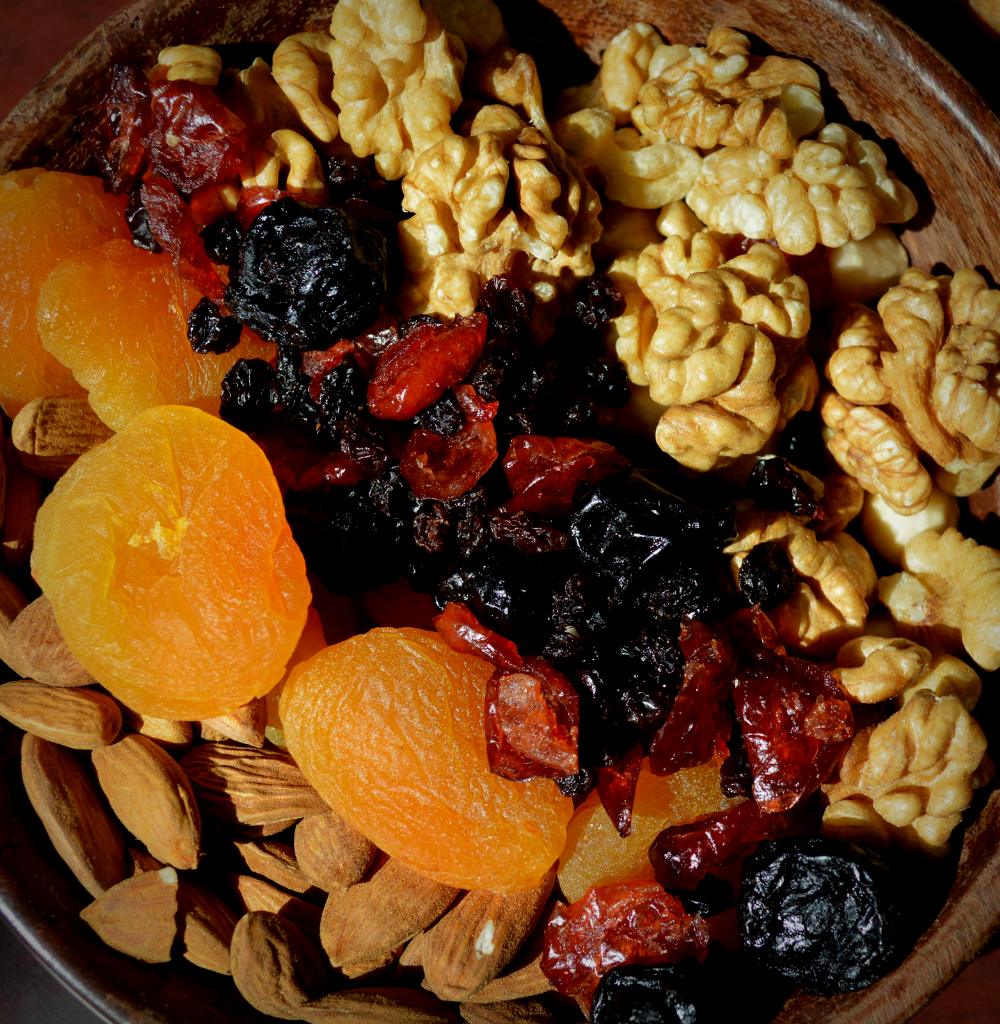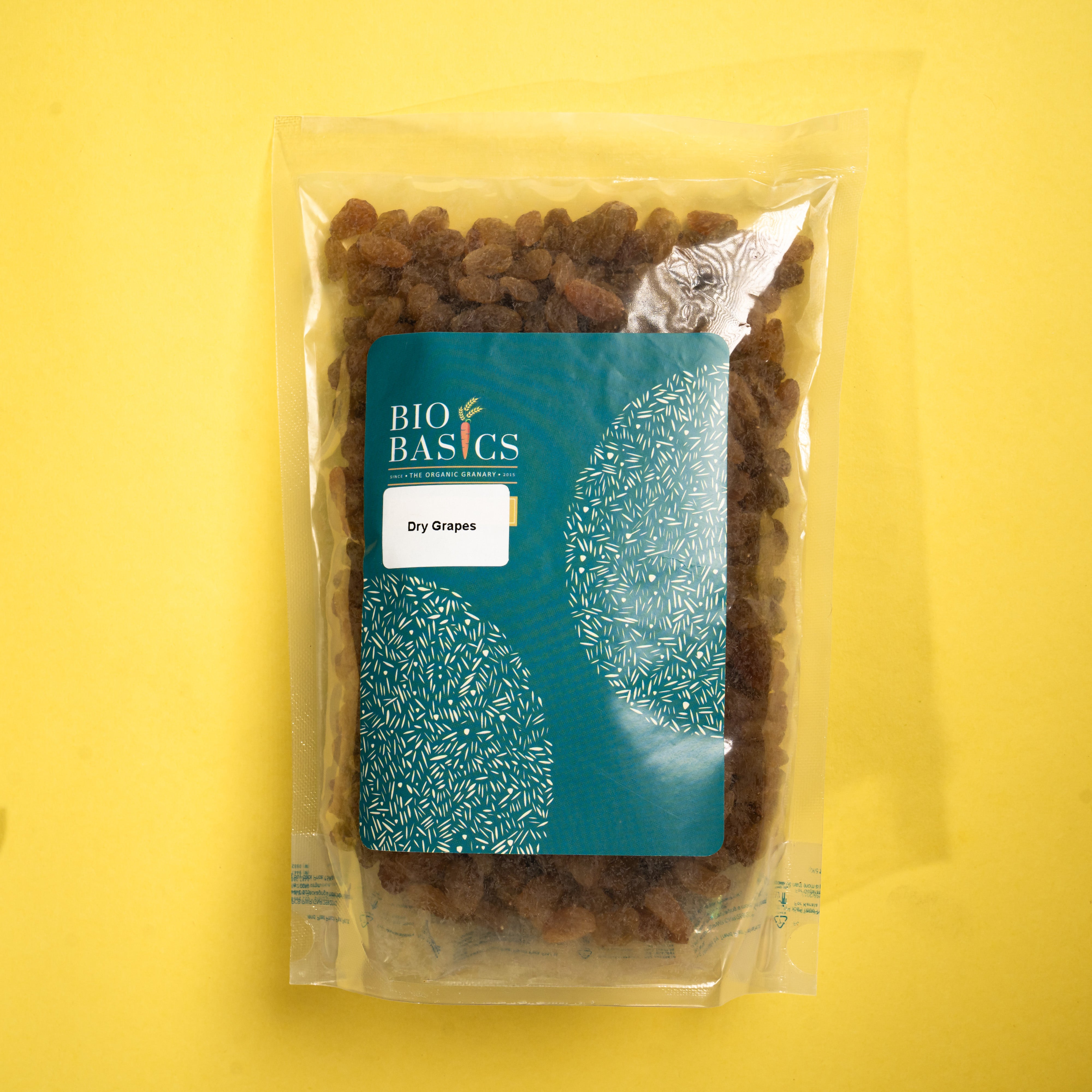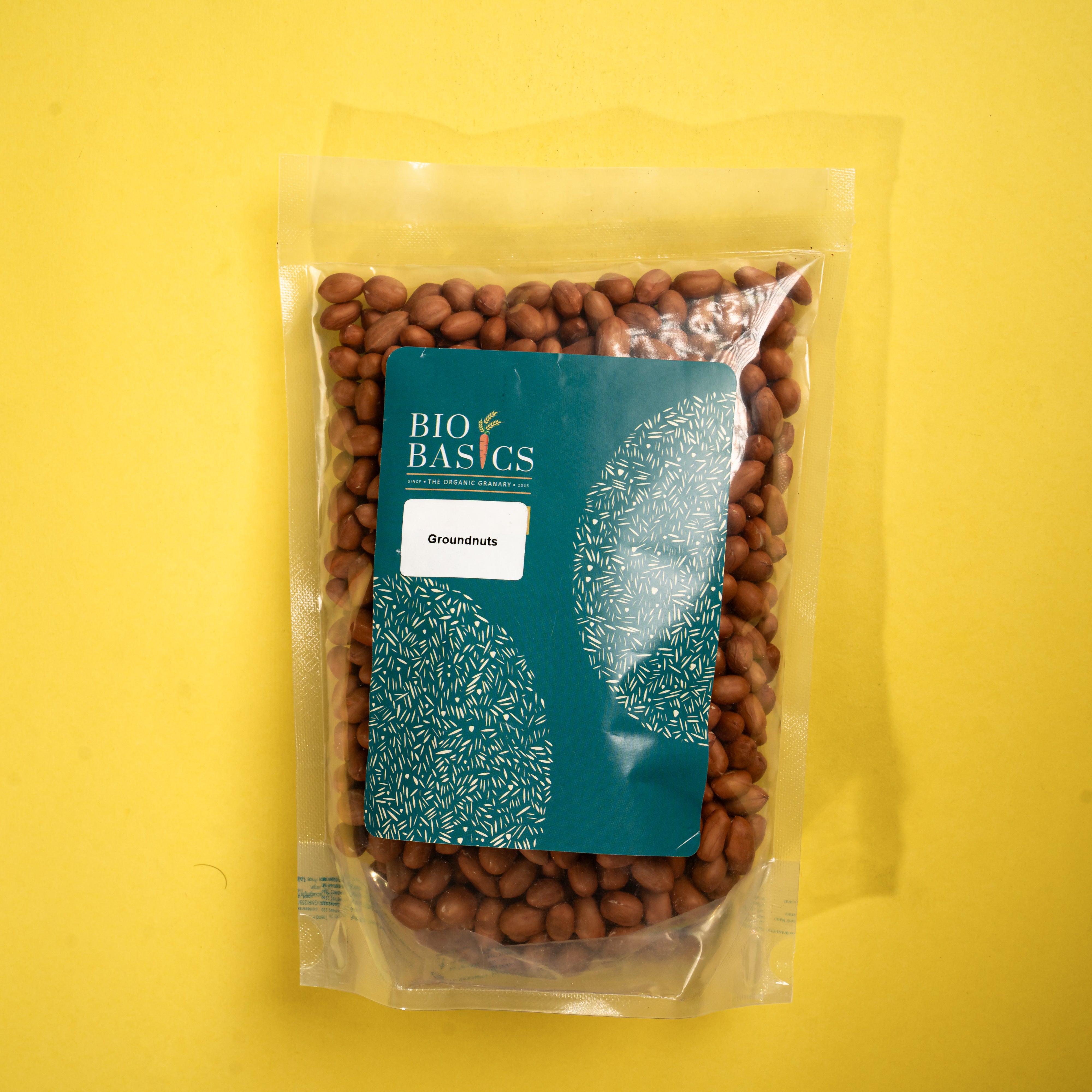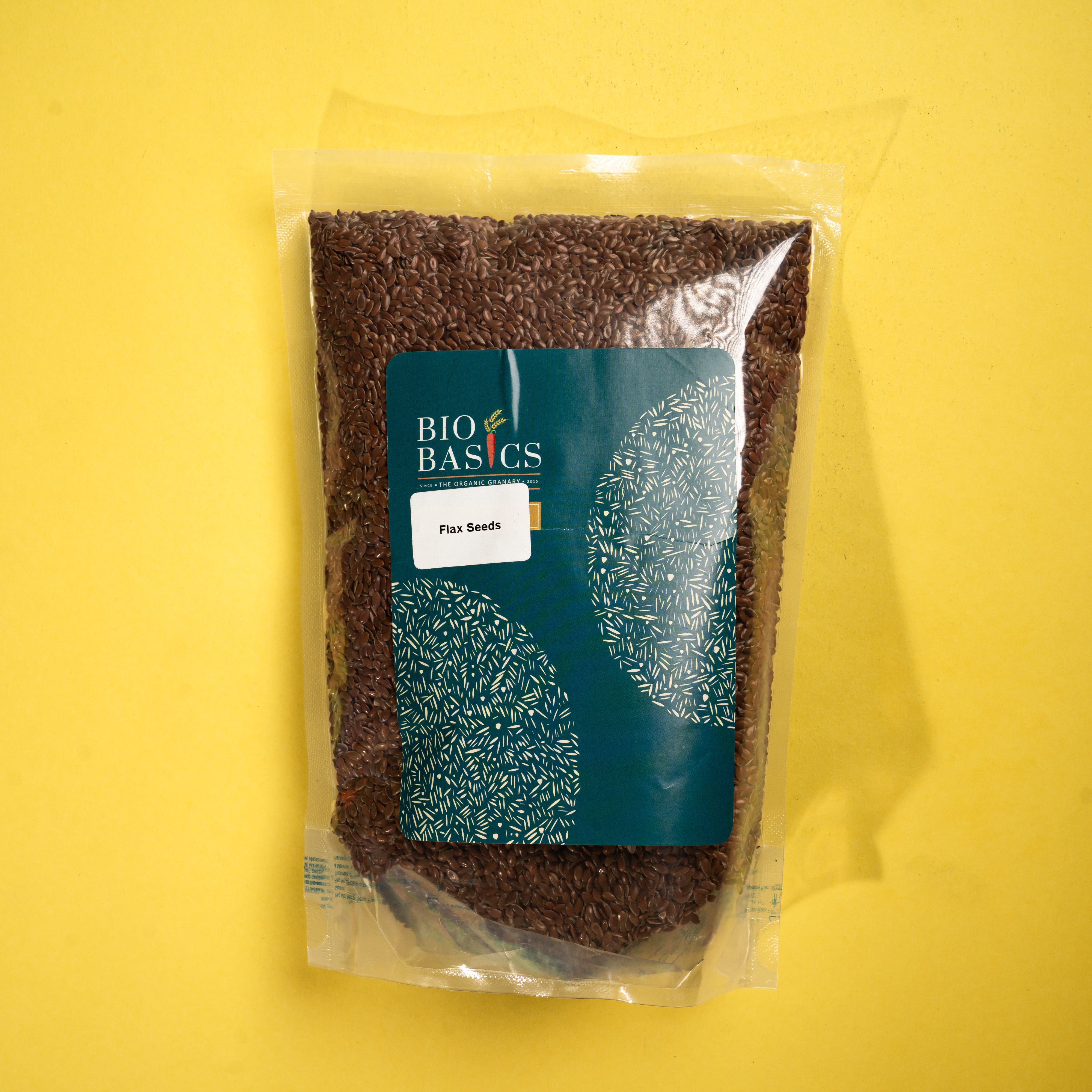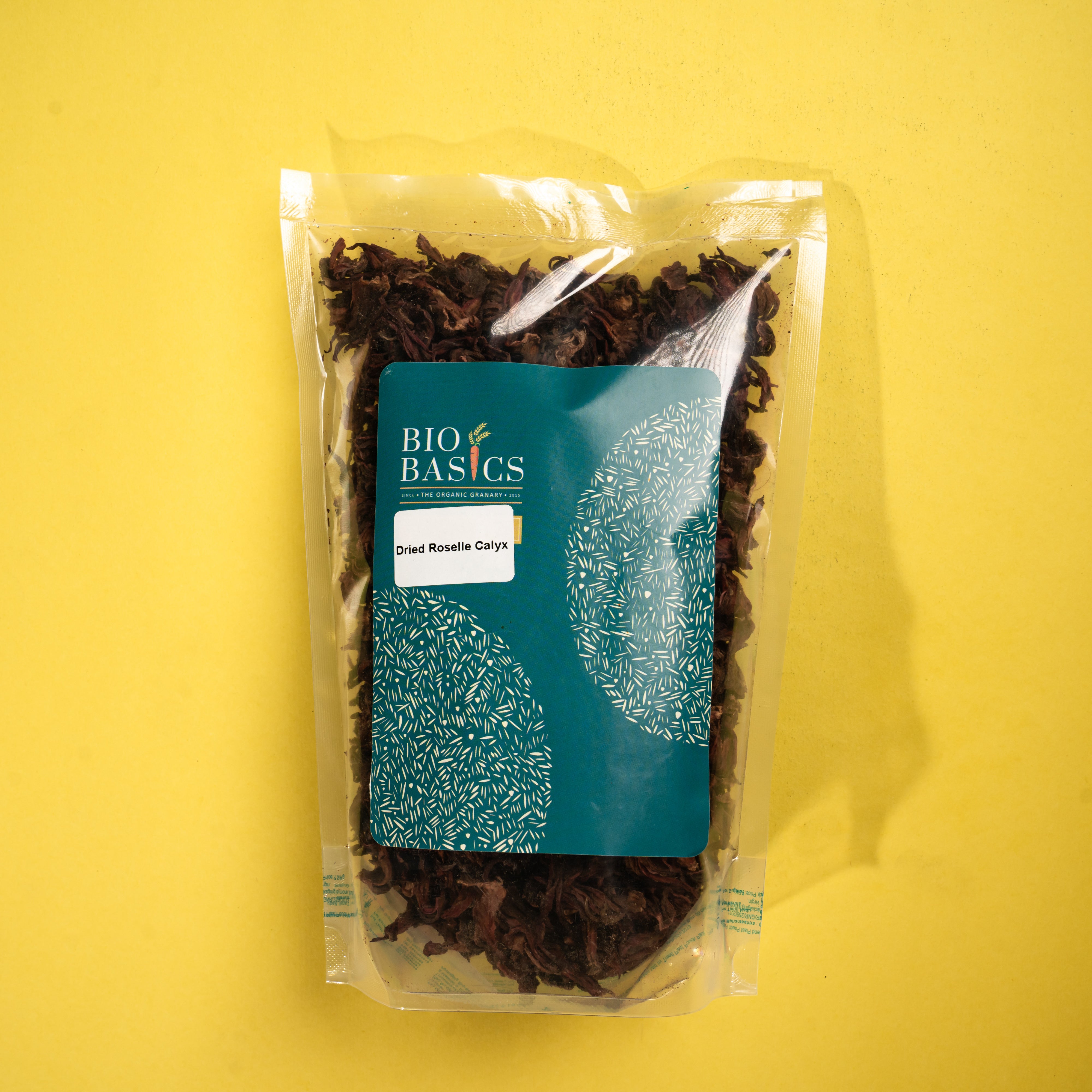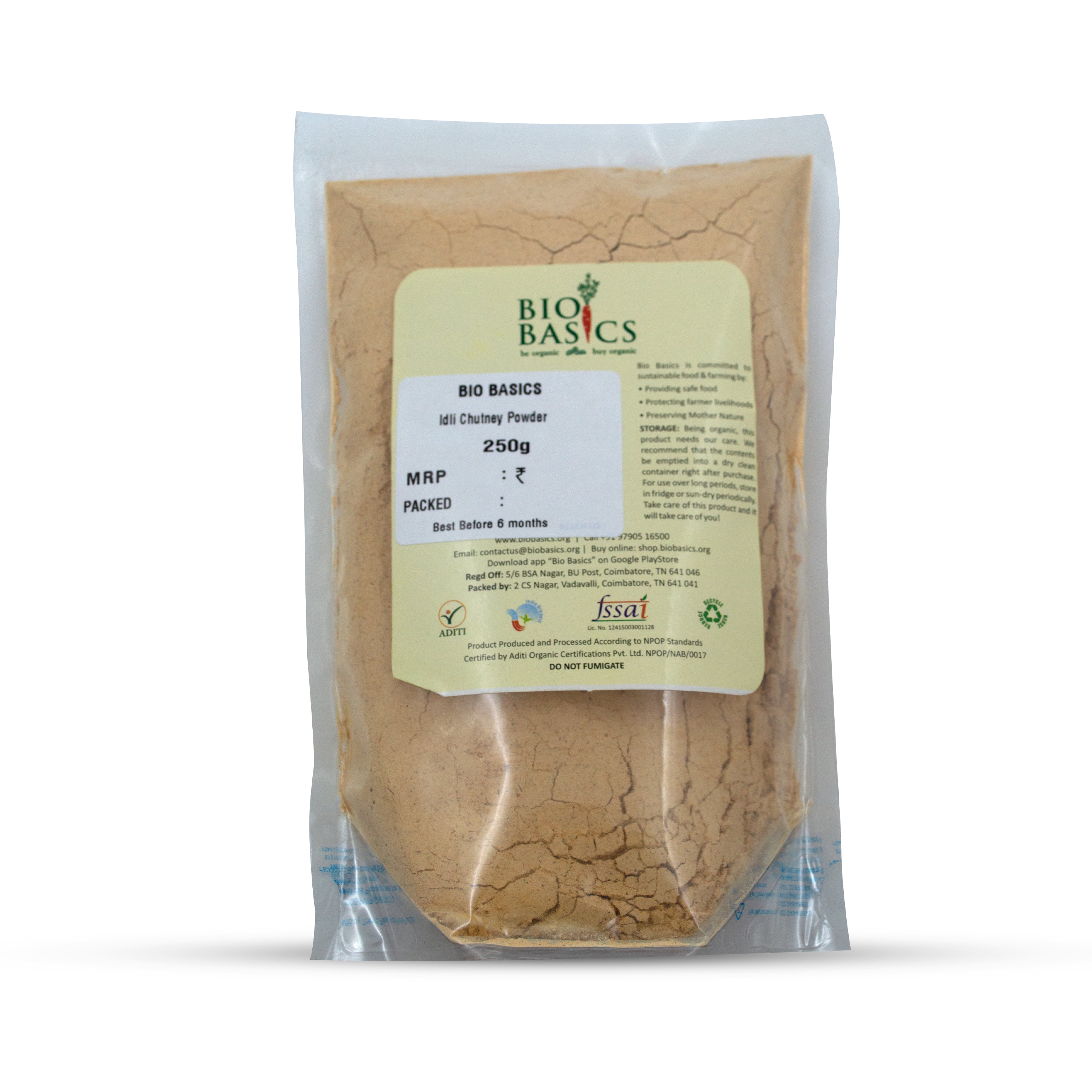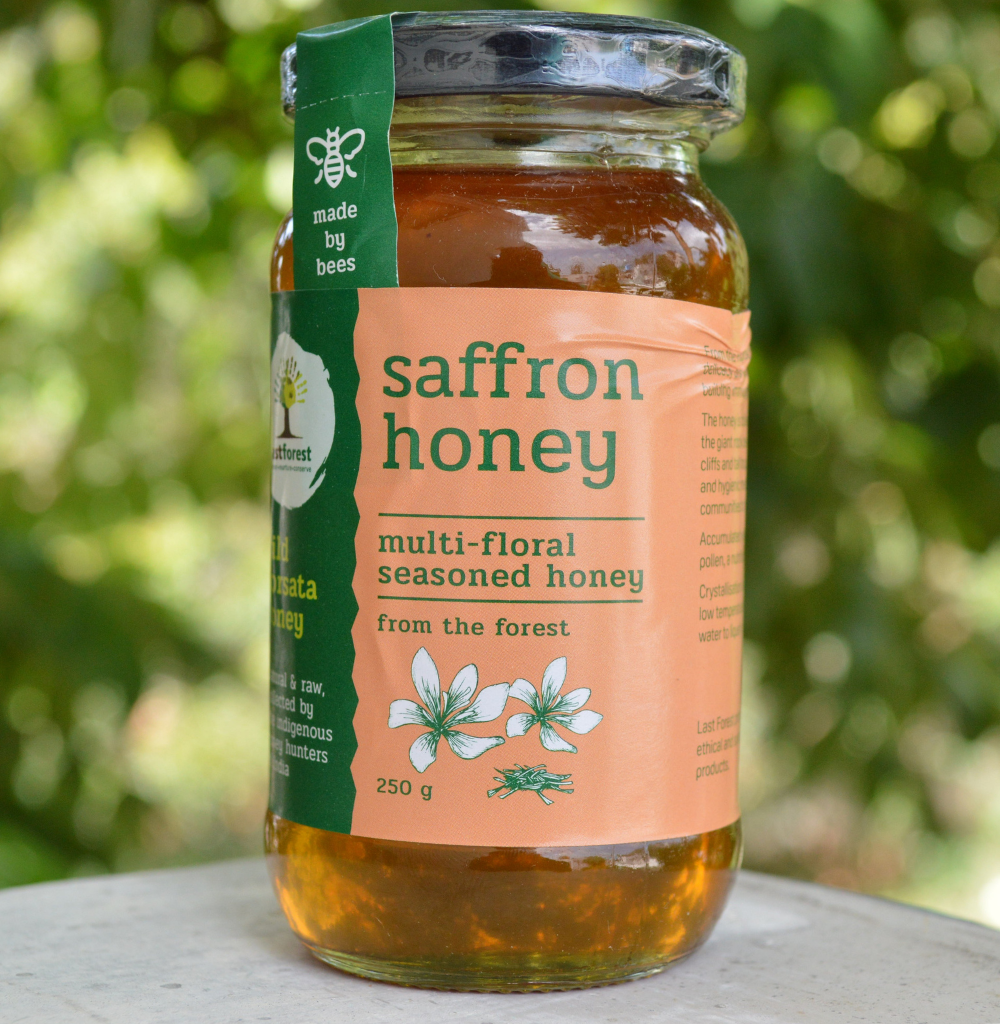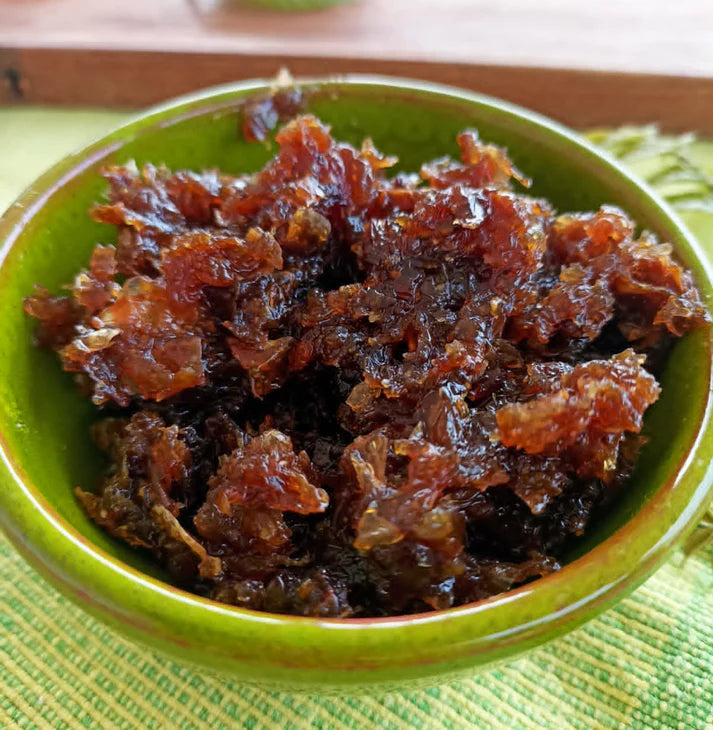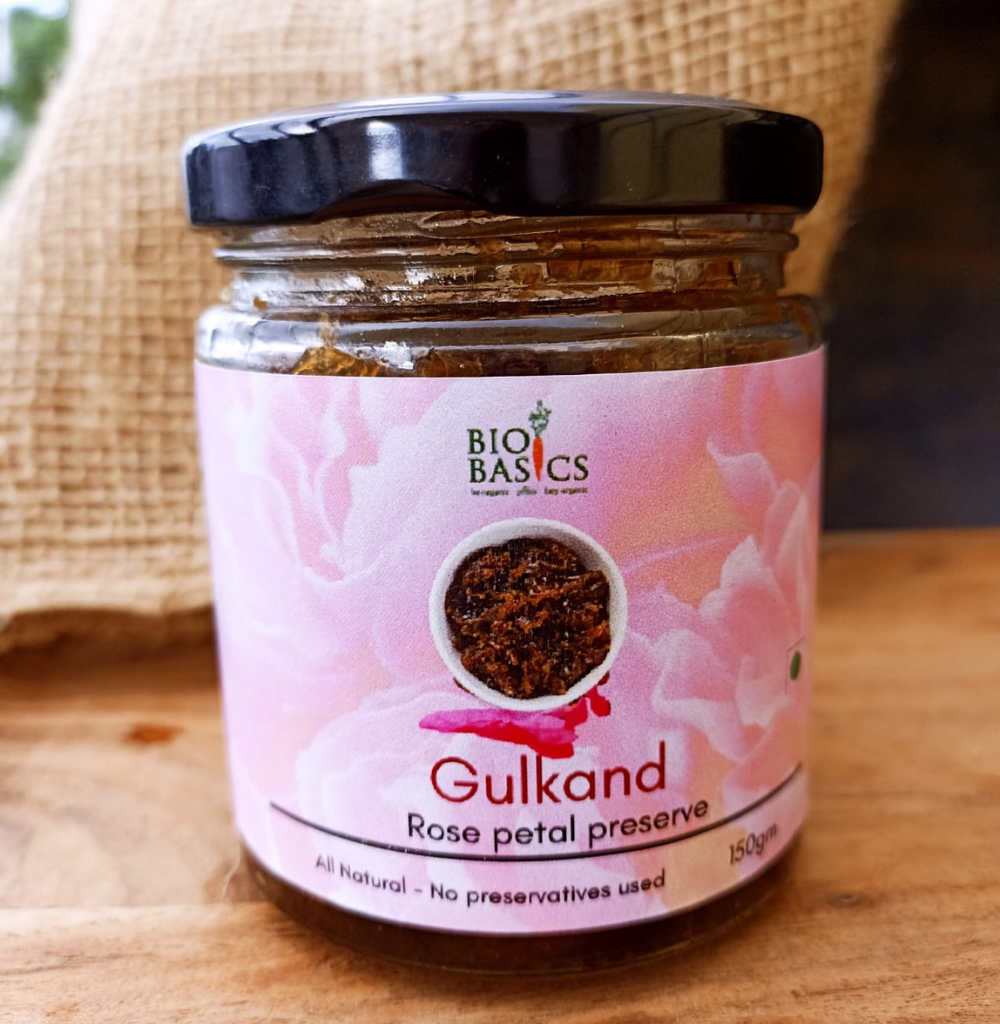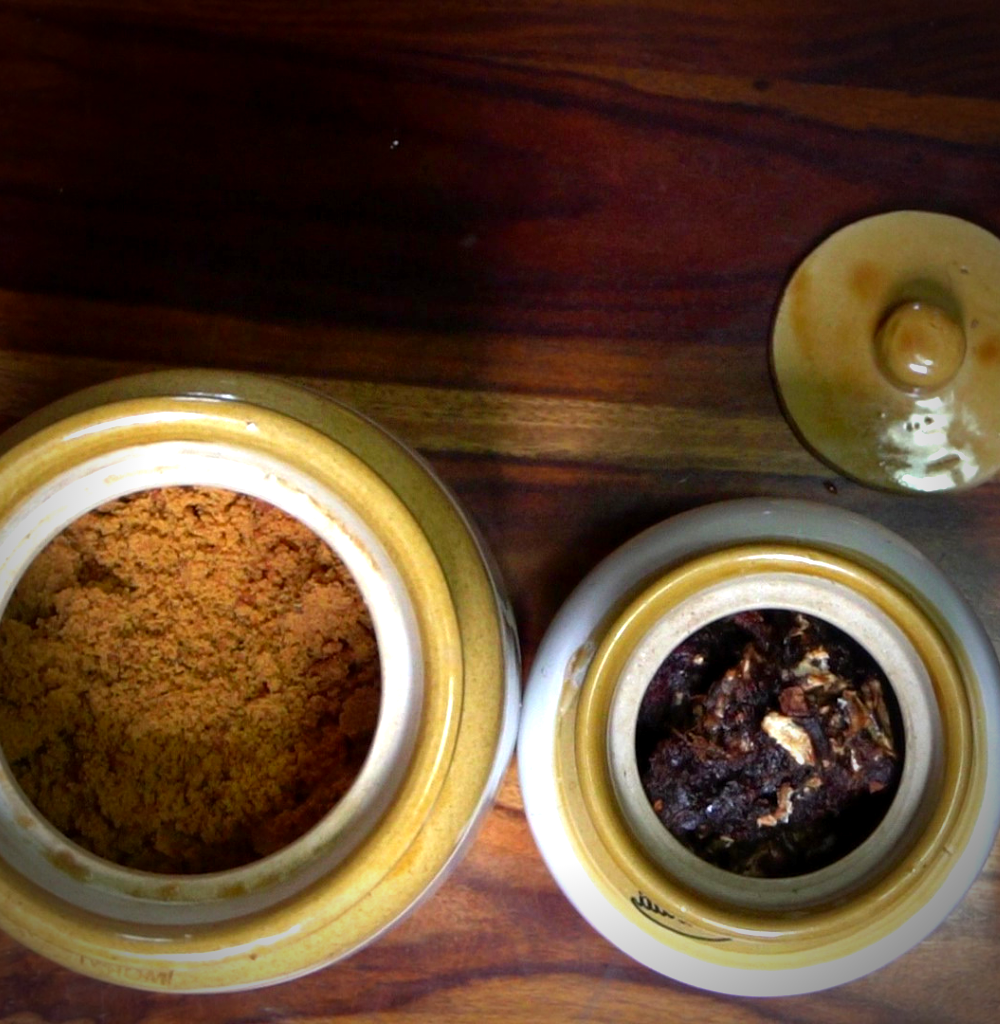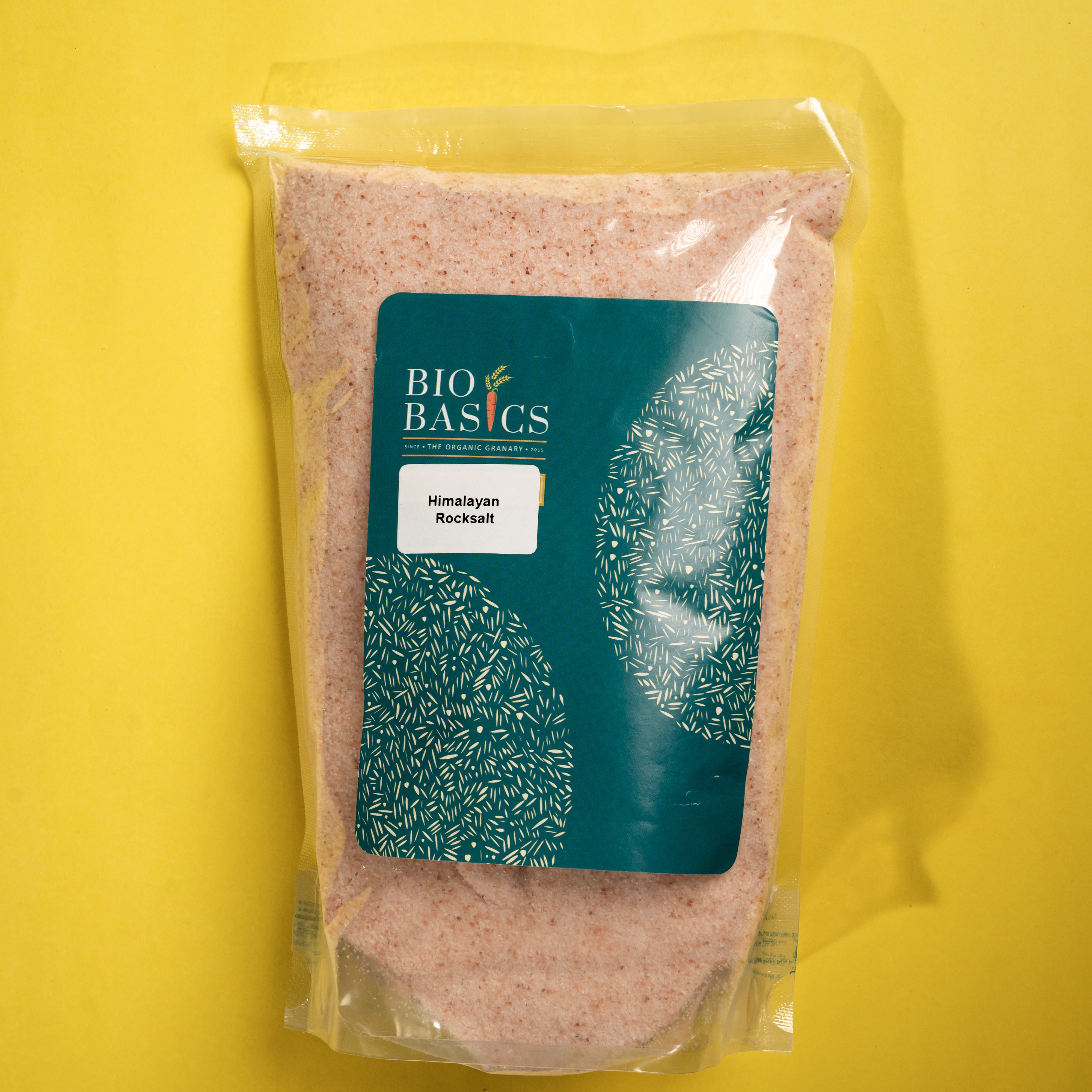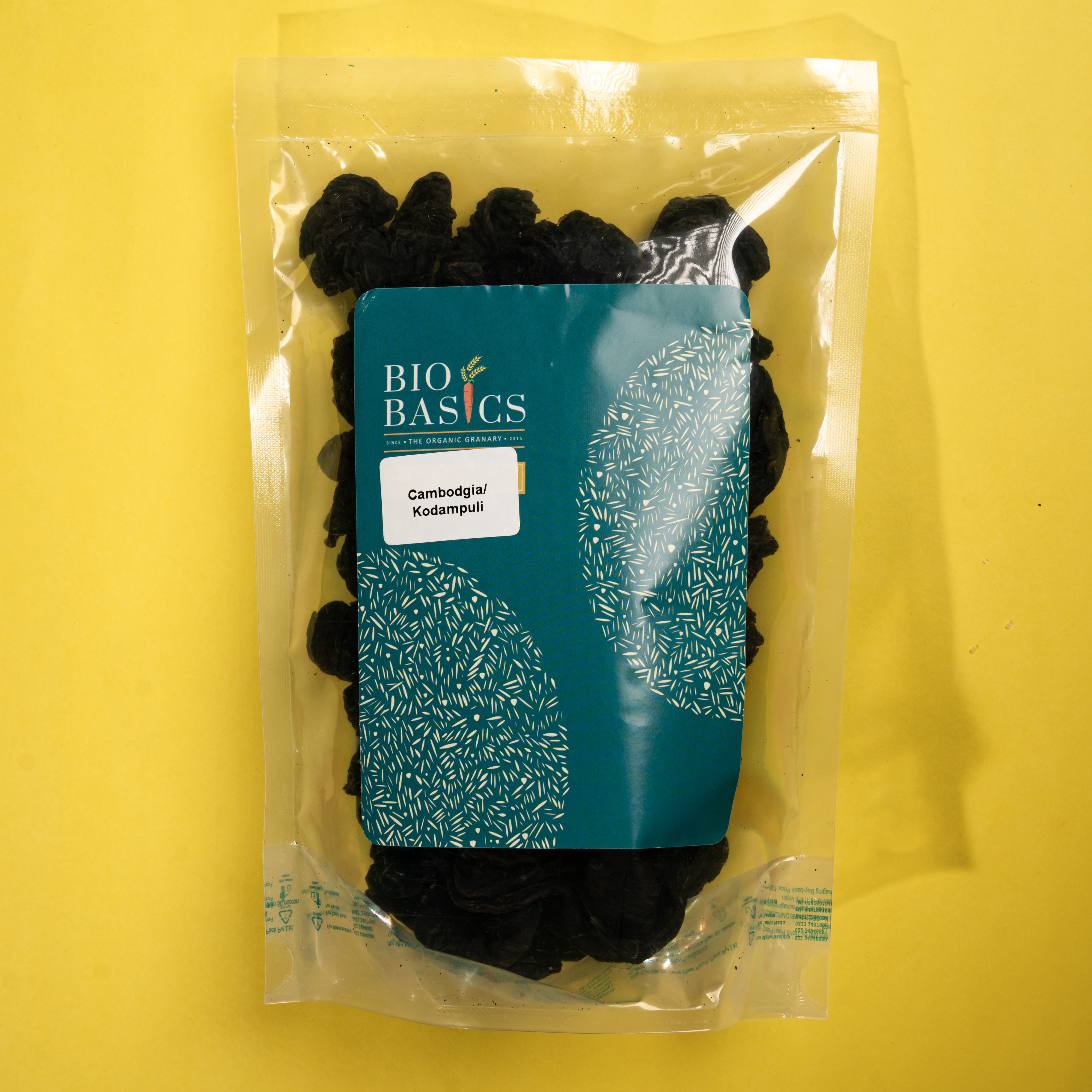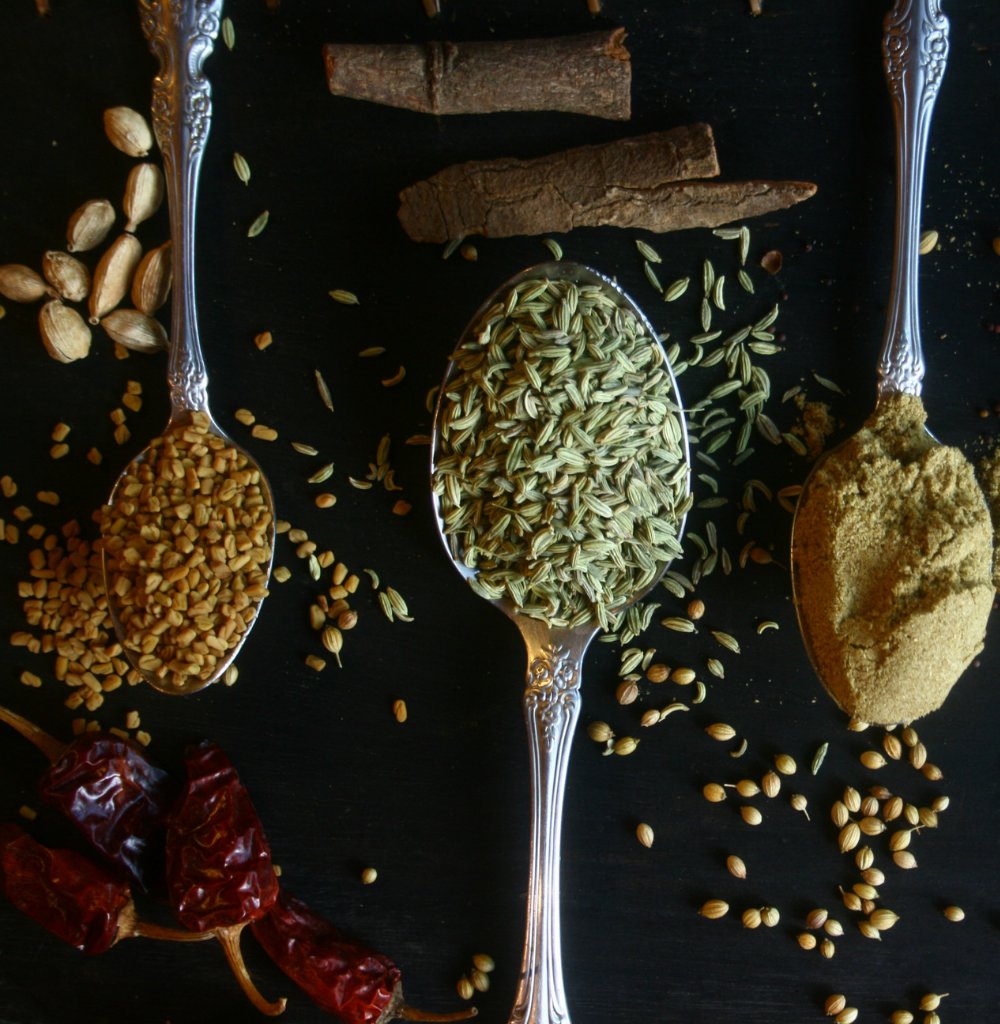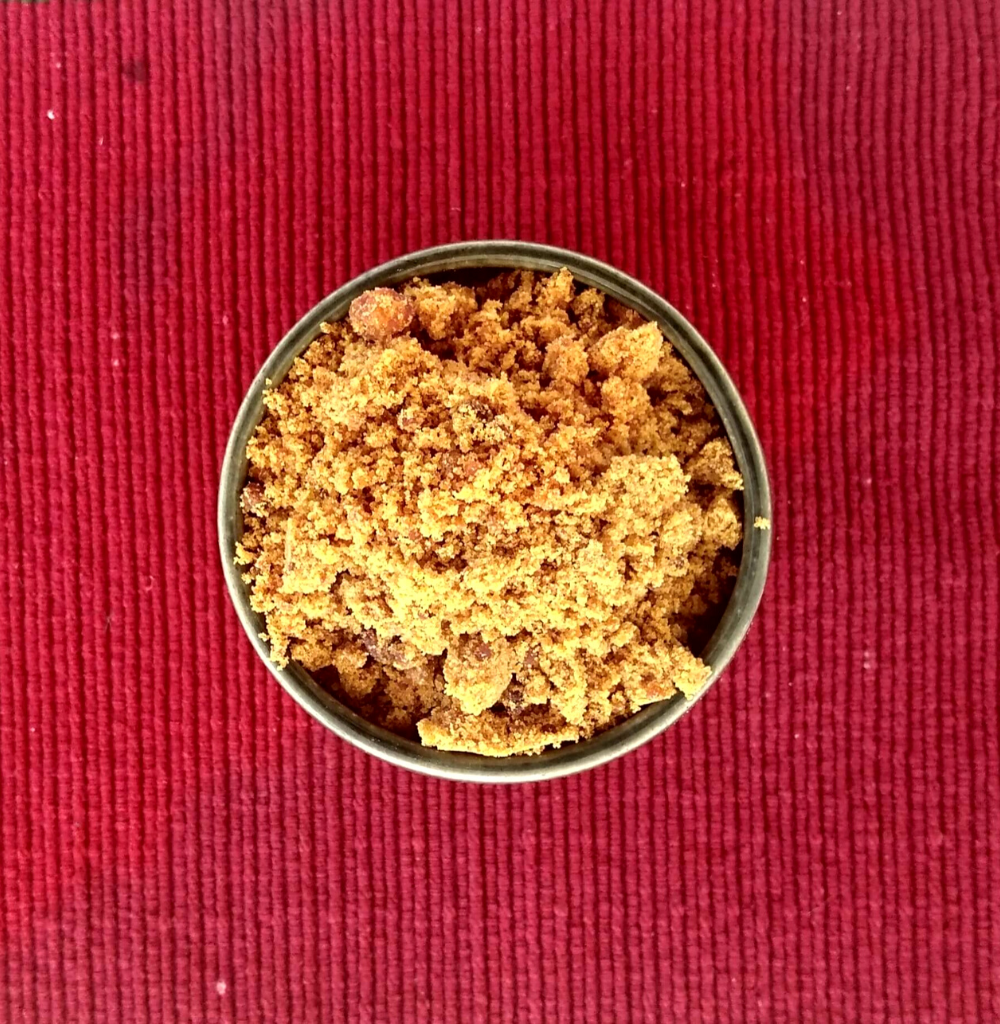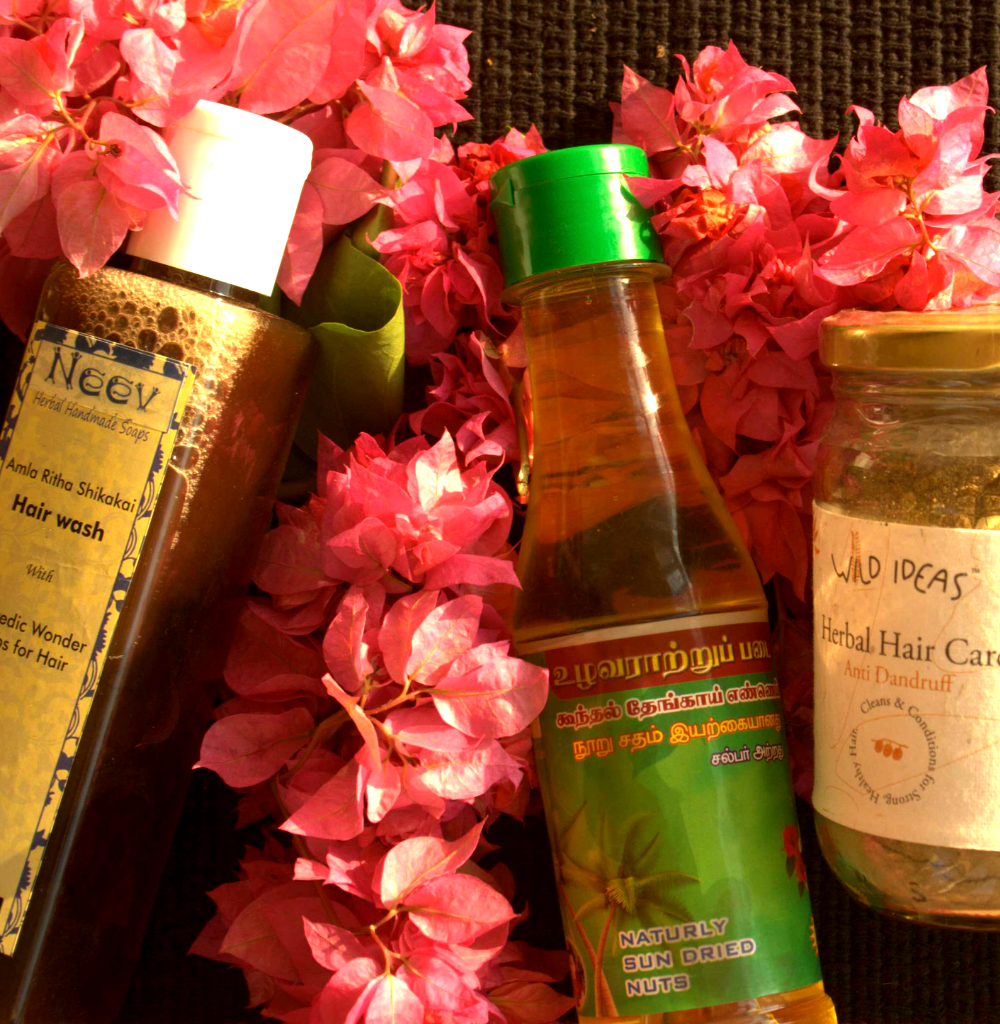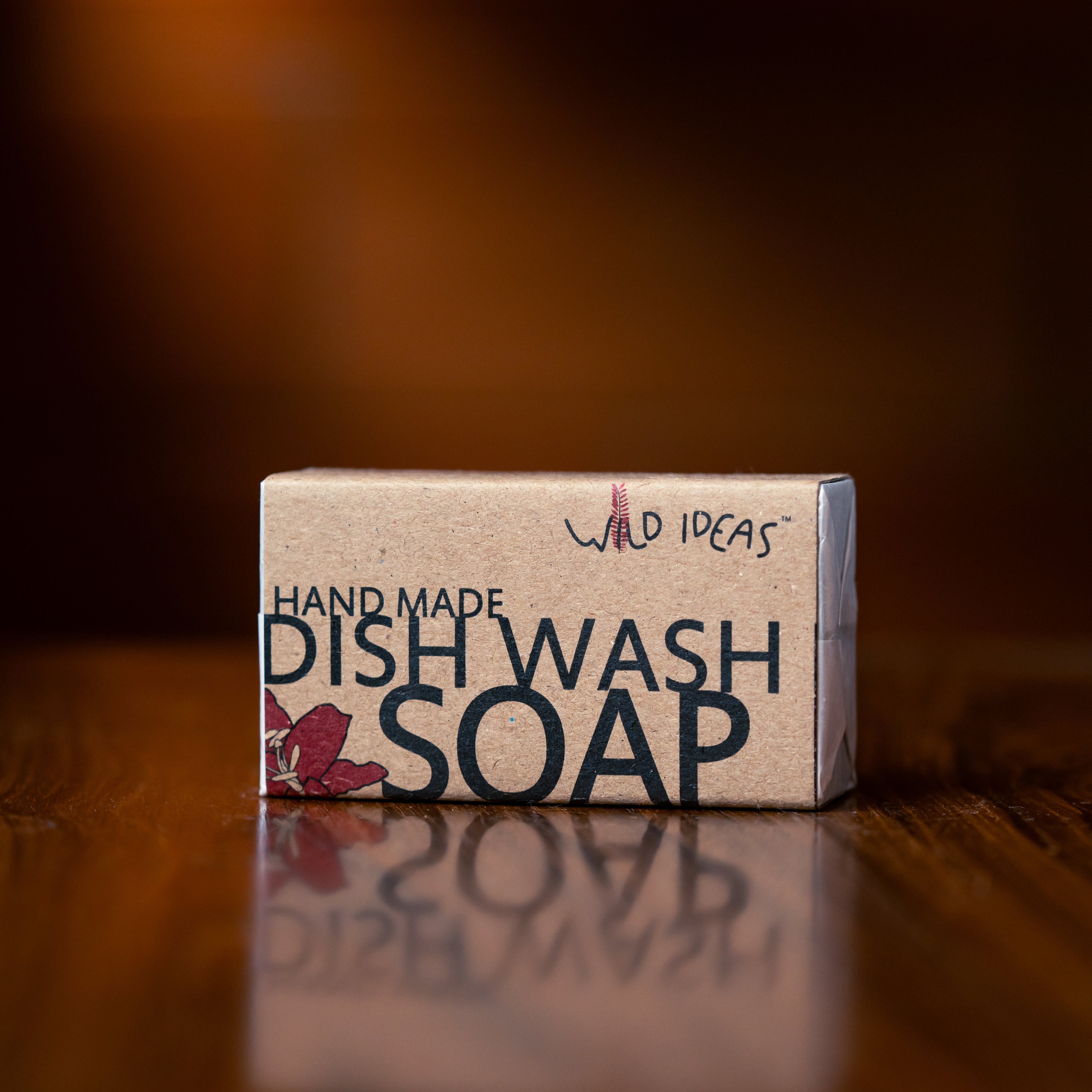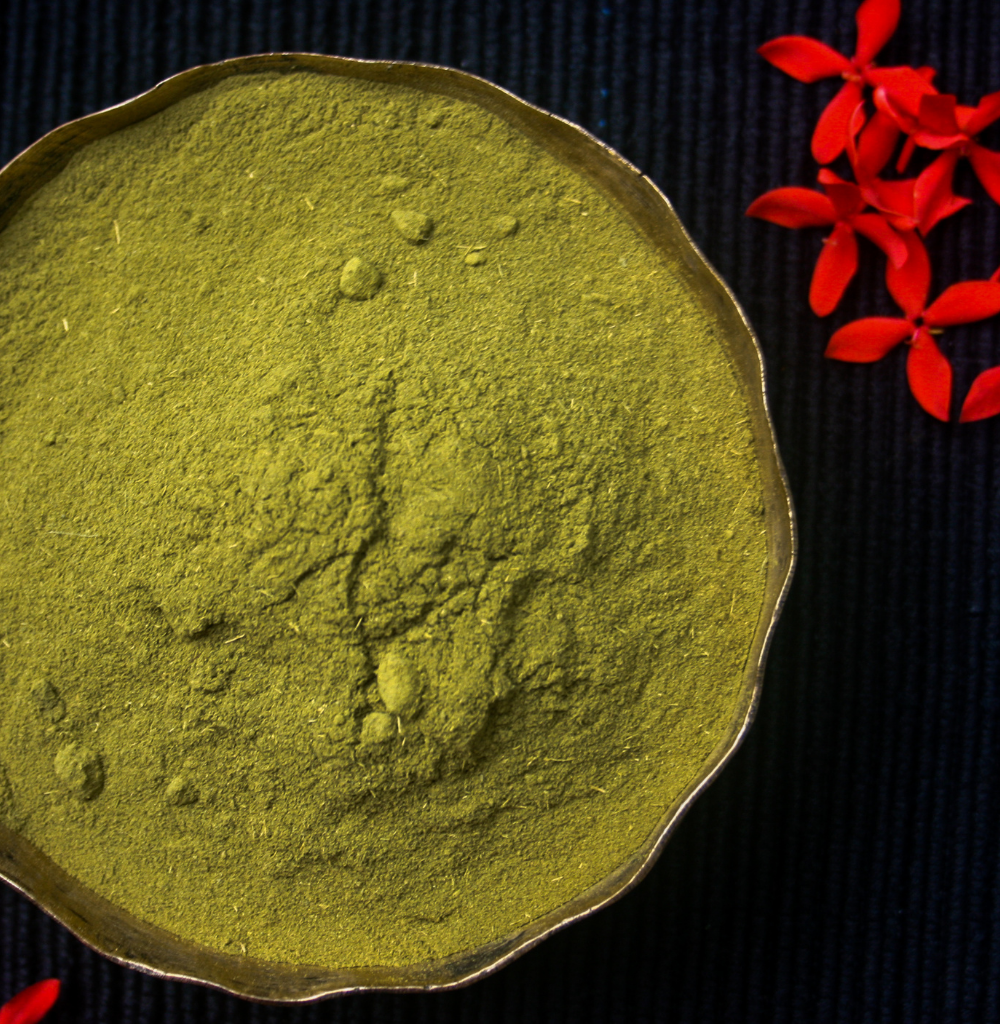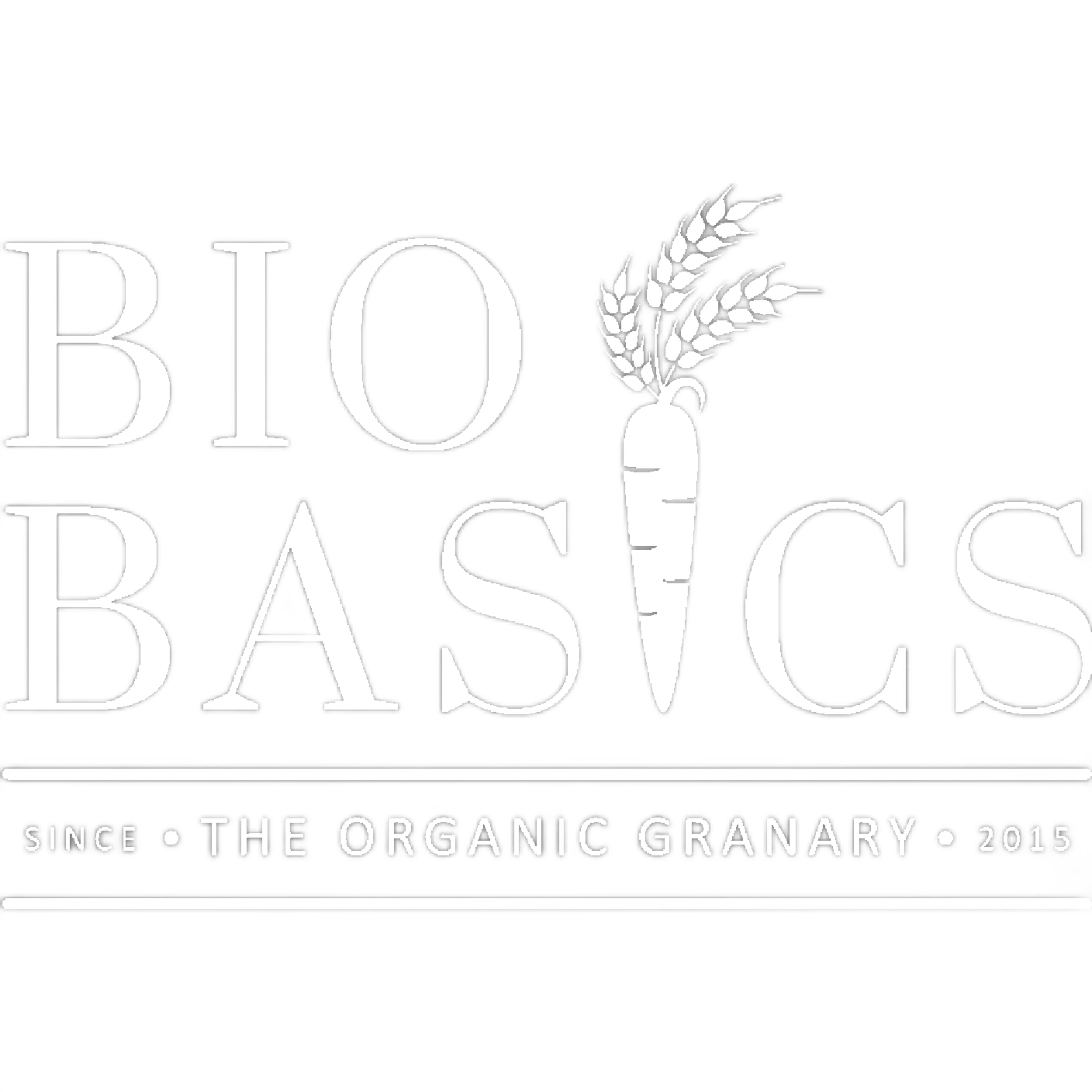Harish is a good friend from Madhya Pradesh. We had worked together as activists in the Bt Brinjal movement in 2008-2010. A journalist-turned-farmer organizer, he once suggested, in 2017, we try a relatively new variety of wheat I had not heard of before. I laughed him off saying that us Southies are not big wheat eaters as it is, and Aashirwad Atta has captured all kitchens south of the Vindhyas! But he insisted. And he sent me a sample. And I fell in love!
The Love Story
I was so mesmerised by the wheat grains of this variety - Paigambari. They were almost like pearls. Not the longish grains of wheat we have been used to. Interesting, I thought to myself. But I needed to know more. Harish sent me a 25-kilo bag, and we started working on it. Grinding it to make flour, making rotis, pooris with it at home, documenting features, benefits & recipes, sharing it with close friends and consumers to get their feedback - al the work we typically do for curating any grain.
Turns out that Paigambari traces its origin to the Indus Valley Civilization. The recent origin story goes that the Pingalwara Ashram for the destitutes in Amritsar (Punjab) used to hand 10 of these Paigambari grains to farmers requesting them to grow it. It was almost extinct at that time. Some farmers from MP and Rajasthan then started growing these and saw success. And thanks to Bio Basics and many others who support such indigenous varieties of wheat.
So why did Paigambari go out of vogue?
It is one of those harder wheats which the then British flour mills could not easily process. So it kept getting pushed back, until farmers dropped growing it themselves. It fell off the export radar for the same reason, and slowly it got eliminated from the market, from the minds of consumers and slowly from the fields.
Paigambari at Bio Basics

Bio Basics gets its wheat from Harish who works with Bhil tribals in Madhya Pradesh and encourages them to grow Paigambari. The tribals themselves hesitate to grow it because they get low yields, as compared to the regular wheat which provides a better income for them. Also, Paigambari takes more skill to manage and grow because it is less responsive to chemicals.
Fascinated by all this information that Harish provided, our task was clearly cut out. I started sharing this information with our consumer-friends - initially, locally in Coimbatore, sharing information behind our bills, and soon, we went from selling just 25 kilos a month to 250 kilo a month now in just 5 years! Across India! And folks love it! So much so that they keep coming back for it and specifically ask for Paigambari wheat!
The high-point for me was when one of our partners - a baker at Loafer & Co - https://loaferandco.com/ wanted to try this wheat, because they are committed to indigenous wheat! They tried it out and now regularly use Paigambari in their breads. A big shout out to Loafer & Co. It is thanks to such young and spirited individuals and communities that we can revive the crop heritage of India. Now we have yet another bakery in Hyderabad currently wanting to try it.
Pisi Wheat:

Harish also introduced me to Pisi, another heritage wheat variety, but not as ancient as Paigambari. Two variants of Pisi are grown by the same farmer group (Bhil Tribals in MP) - Munda Pisi and Pisi (regular). But unlike Paigambari, Pisi is a soft wheat, and therefore very popular. Pisi is much lighter in colour, and also loved by the British mills, thereby leading to a lot of demand in the export market. The characteristics of Pisi were so desirable that it was used as a parent to create yet another improved variety called “Sharbati” which is the most popular bread wheat in India.
And then, there are many other wheat varieties to explore. But here we have presented just two - Paigambari and Pisi. Know more about them and other wheats at www.biobasics.org. And of course, feel free to reach out to us with your specific questions. We love to talk wheat!
